Best to hold phone horizontally!
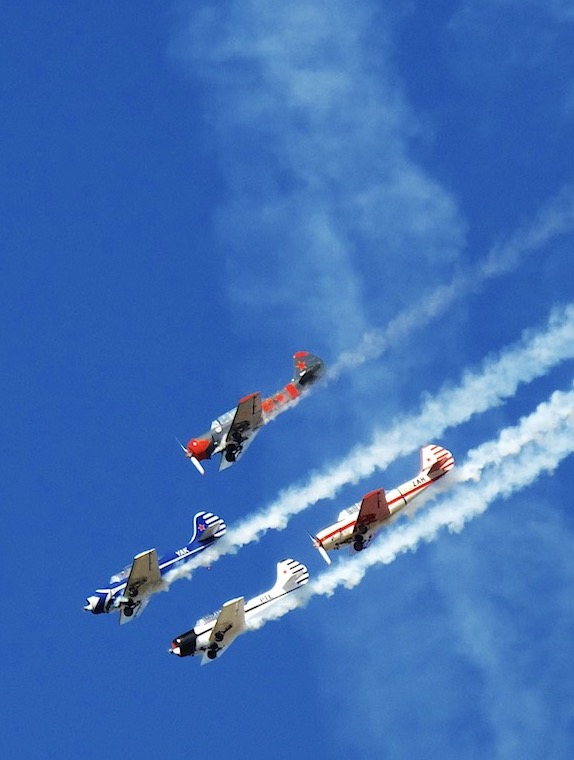
Omaka Airshow 2013
We returned to New Zealand in 2013, and once again visited the South Island.
In Blenheim we planned to visit the Omaka Aviation Heritage Centre, but we found that we could not do that. As it happened, the Omaka Air Show was on, and many of the museum exhibits were actually participating in the air show. The museum was temporarily closed. So, we went to the air show.
What a happy chance that was. The air show was magnificent.
The Great War and the Golden Age
The Wright brothers first flew in December 1903. The First World War began in July 1914, only a little more than 10 years later. By modern standards, aircraft design was still very primitive. But despite the scepticism of senior military officers, the advantages of aircraft as military weapons became apparrent and design and development of aircraft was rapid.
After the end of WWI development continued and many interesting and imaginative designs resulted.
The Great War
At the Omaka airshow there was a great deal from the First World War, not merely static displays but whole teams of flying replicas.
They were all on display on the ground, but later in the day they all flew and some put on a mock battle display in the air, complete with evil clouds of black smoke.
Aircraft included Fokker biplanes and triplanes, Sopwith Camels, Tripanes and Pups, and a Bristol Biplane.
The film director Peter Jackson is an avid collector of WWI memorabilia, and a number of the aircraft came from his collection. (There is an excellent documentary "Peter Jackson's Military Treasures" available on YouTube.)
-
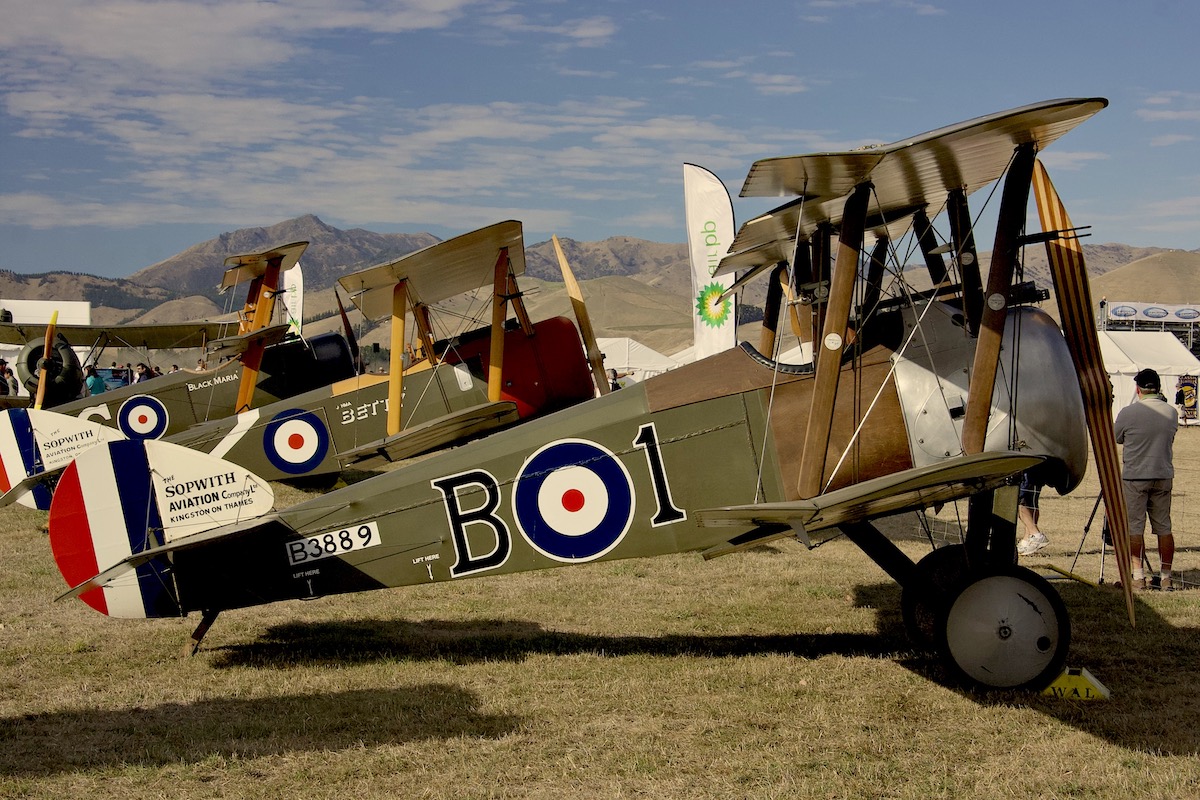
Great War IMG_6128
-
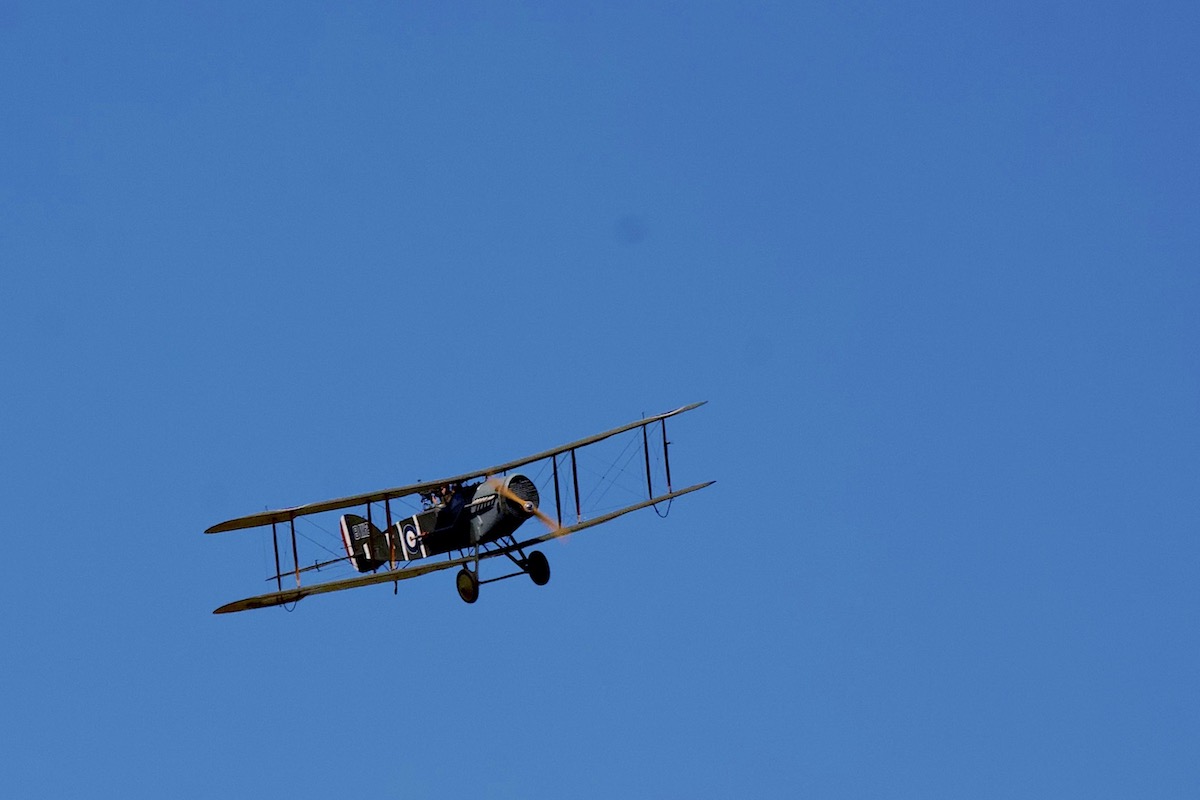
Great War IMG_6371
-

Great War IMG_6368
-

Great War IMG_6106
-

Great War IMG_6073
-
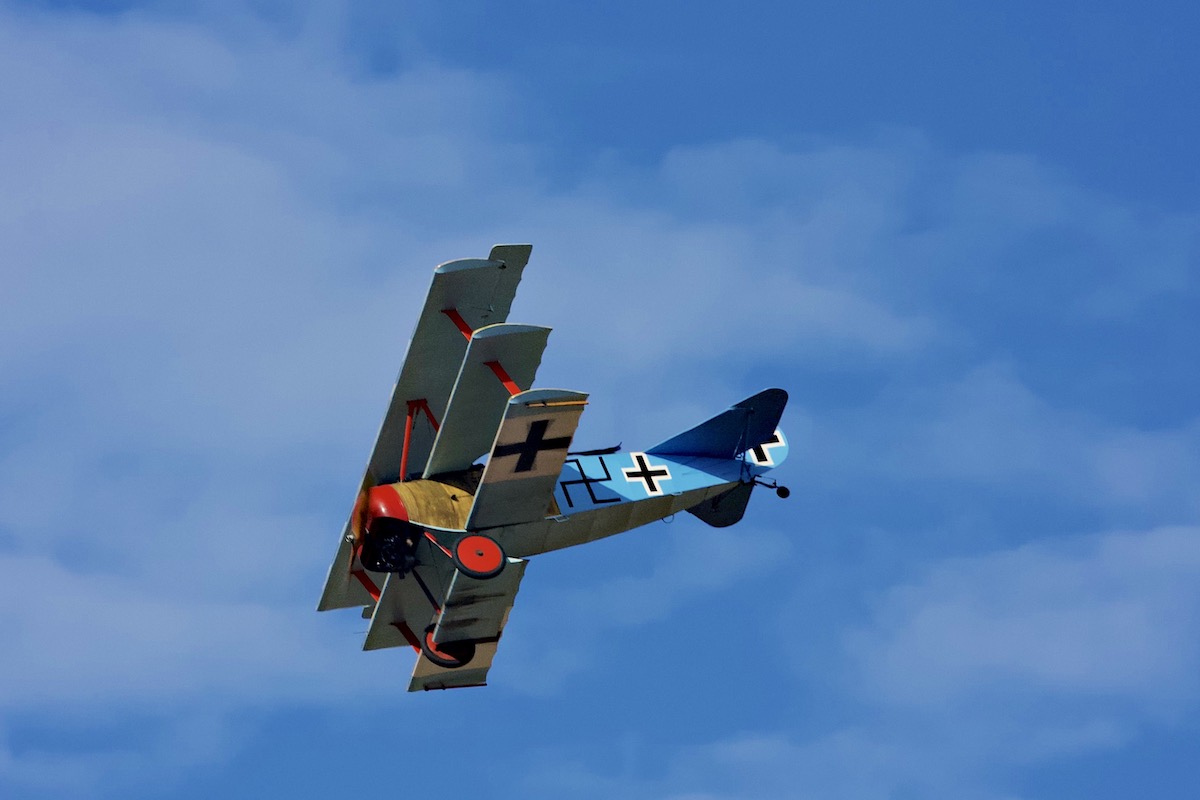
Great War IMG_6362
-

Great War IMG_6102
-

Great War IMG_6340
-
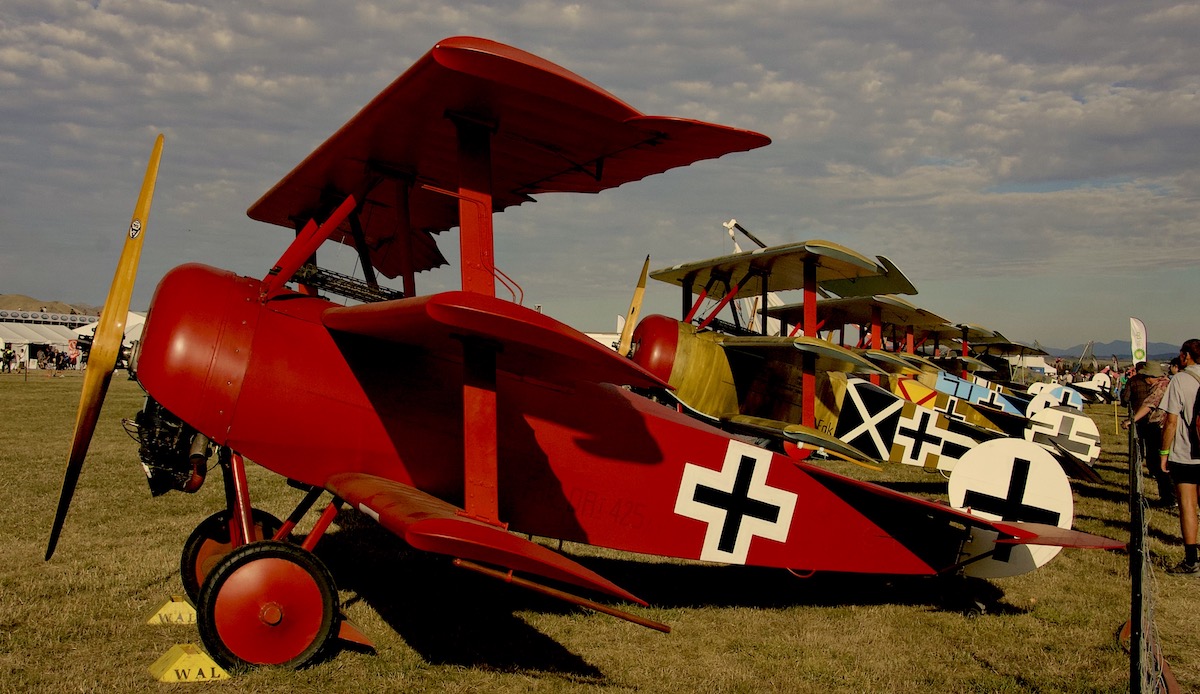
Great War IMG_6118
-
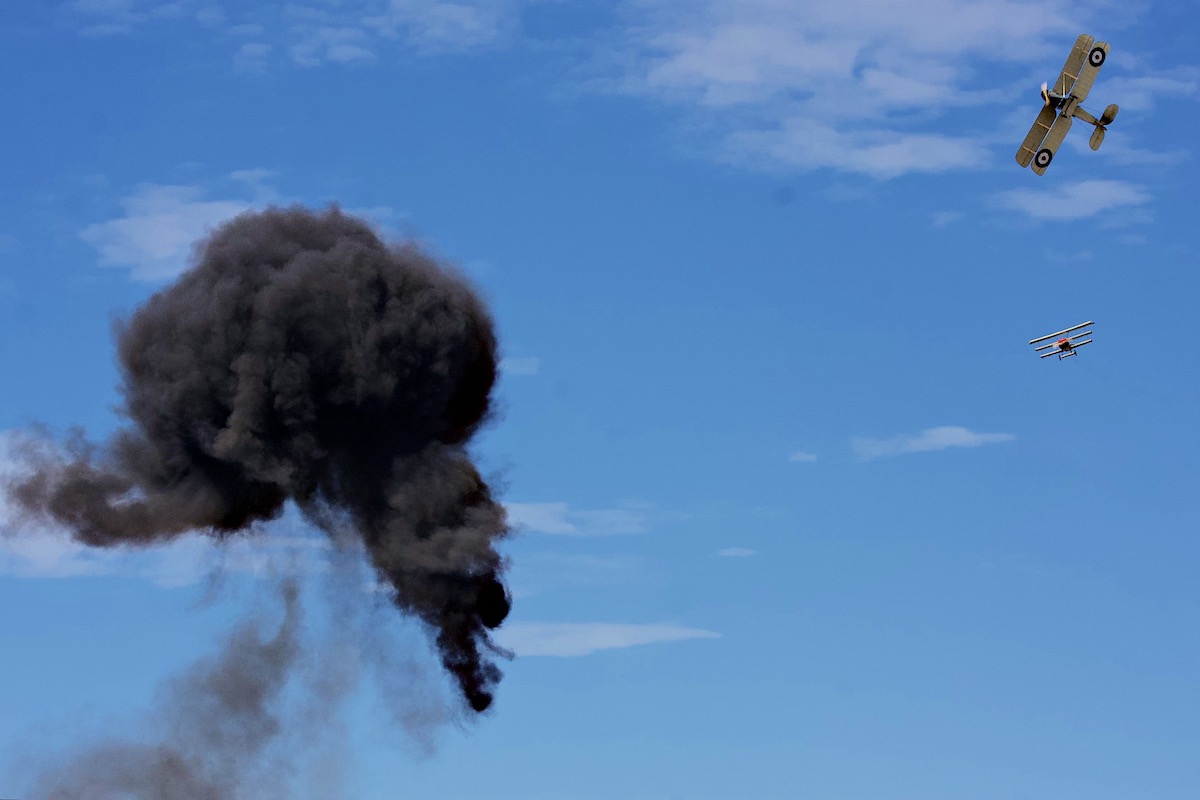
Great War IMG_6373
-
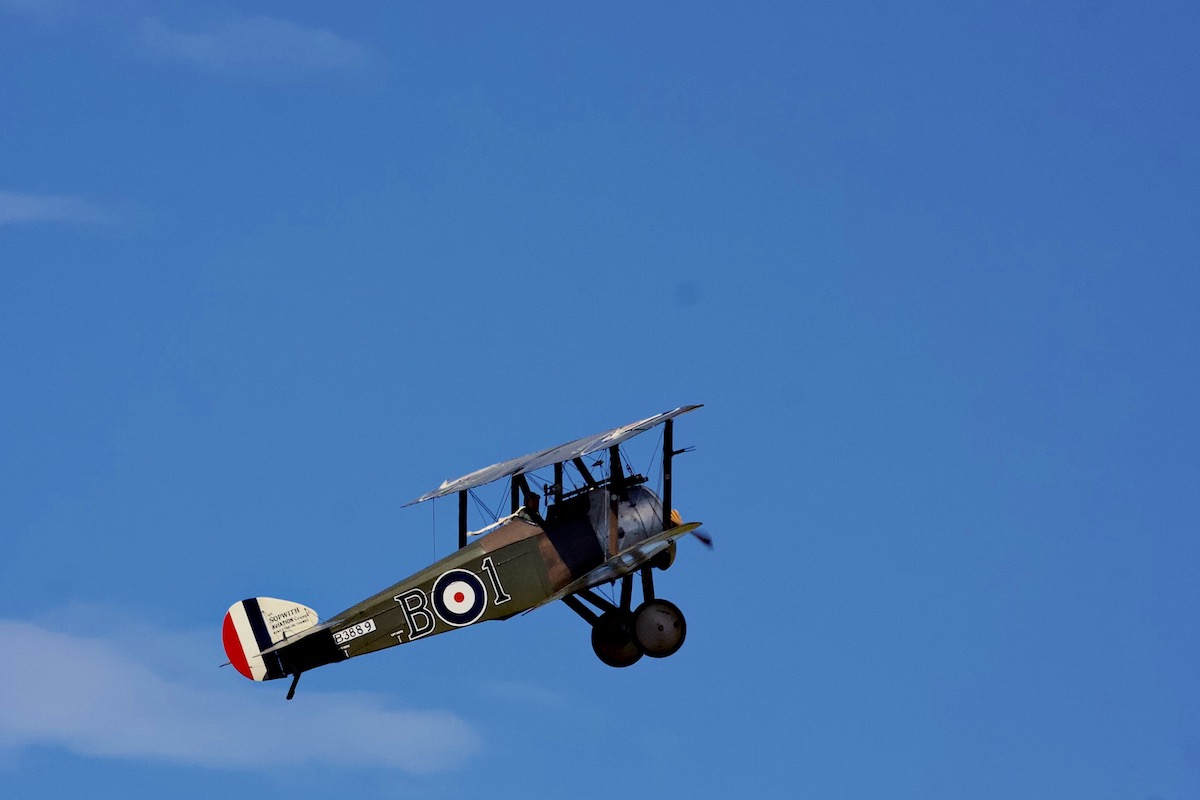
Great War IMG_6333
-
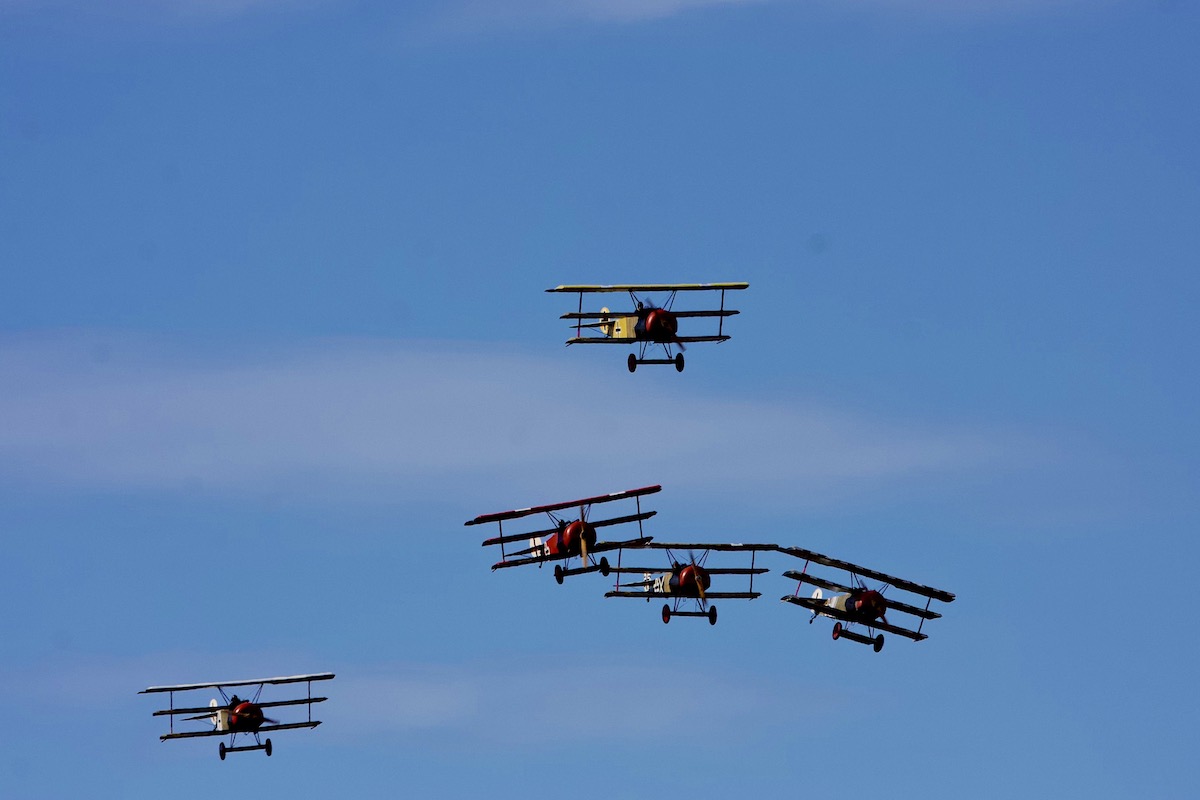
Great War IMG_6320
-
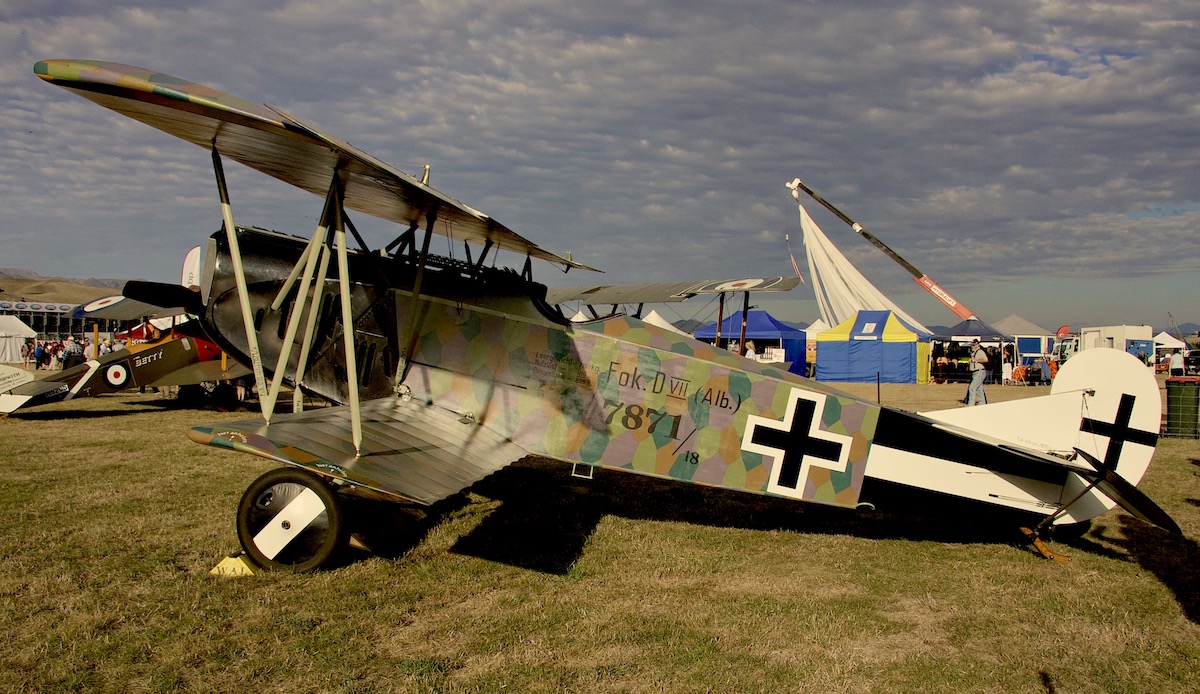
Great War IMG_6060
-
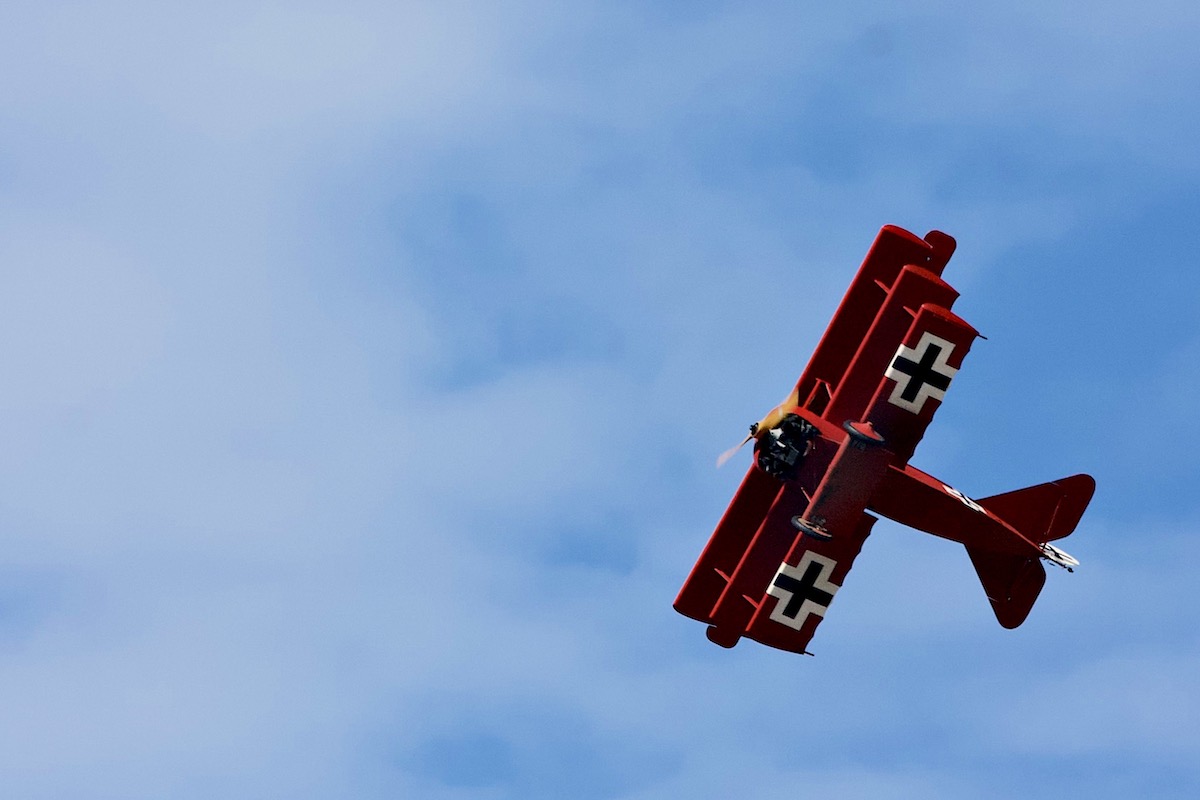
Great War IMG_6382
-

Great War IMG_6071
-

Great War IMG_6070
-
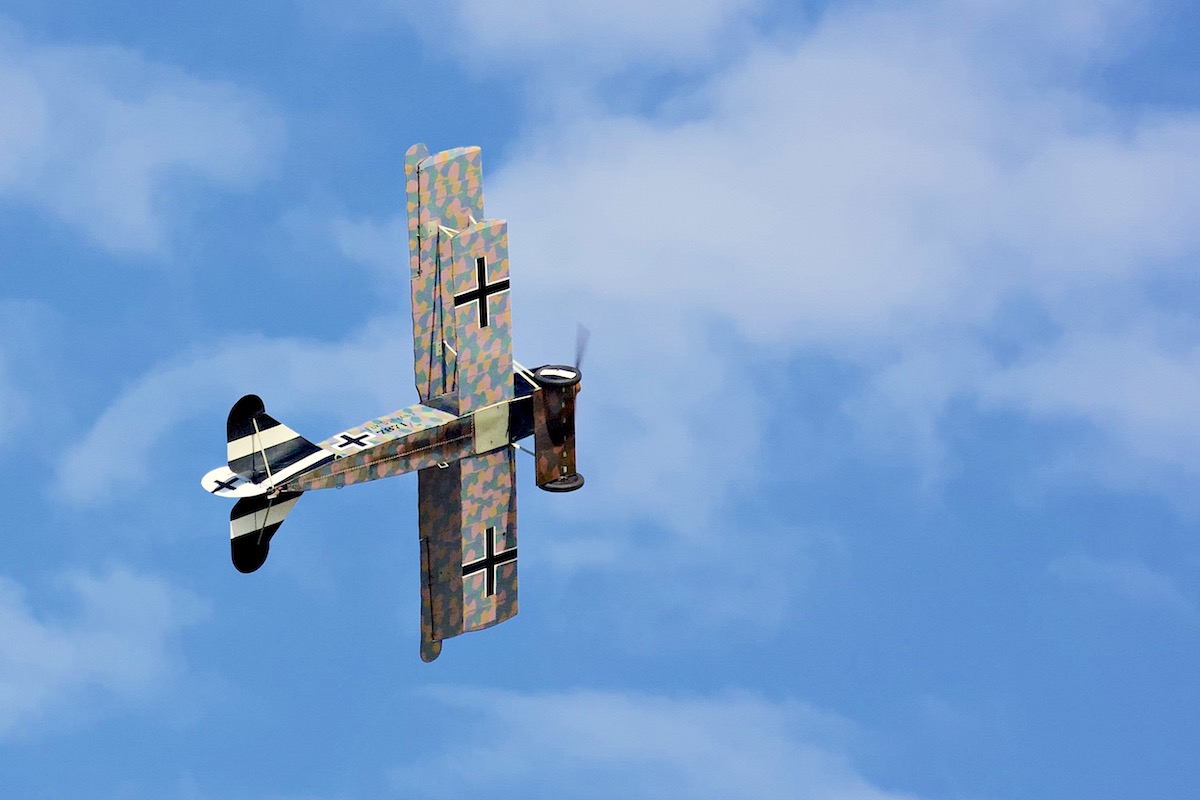
Great War IMG_6383
-
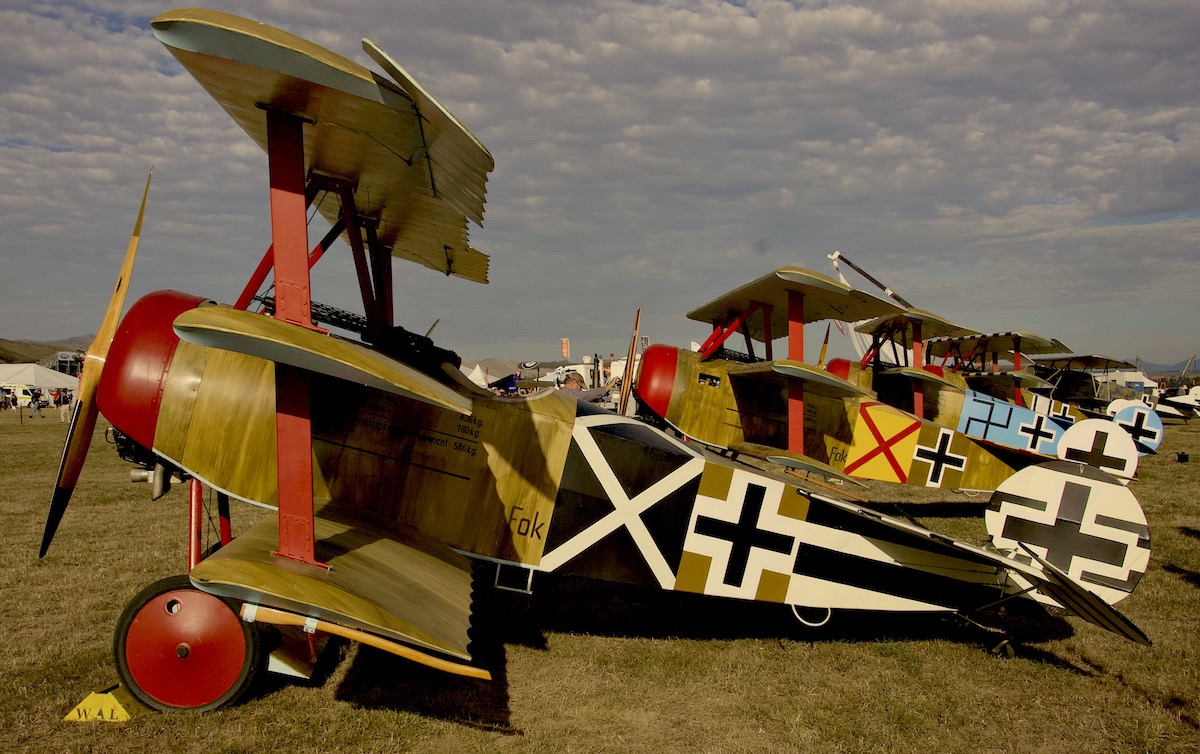
Great War IMG_6120
-
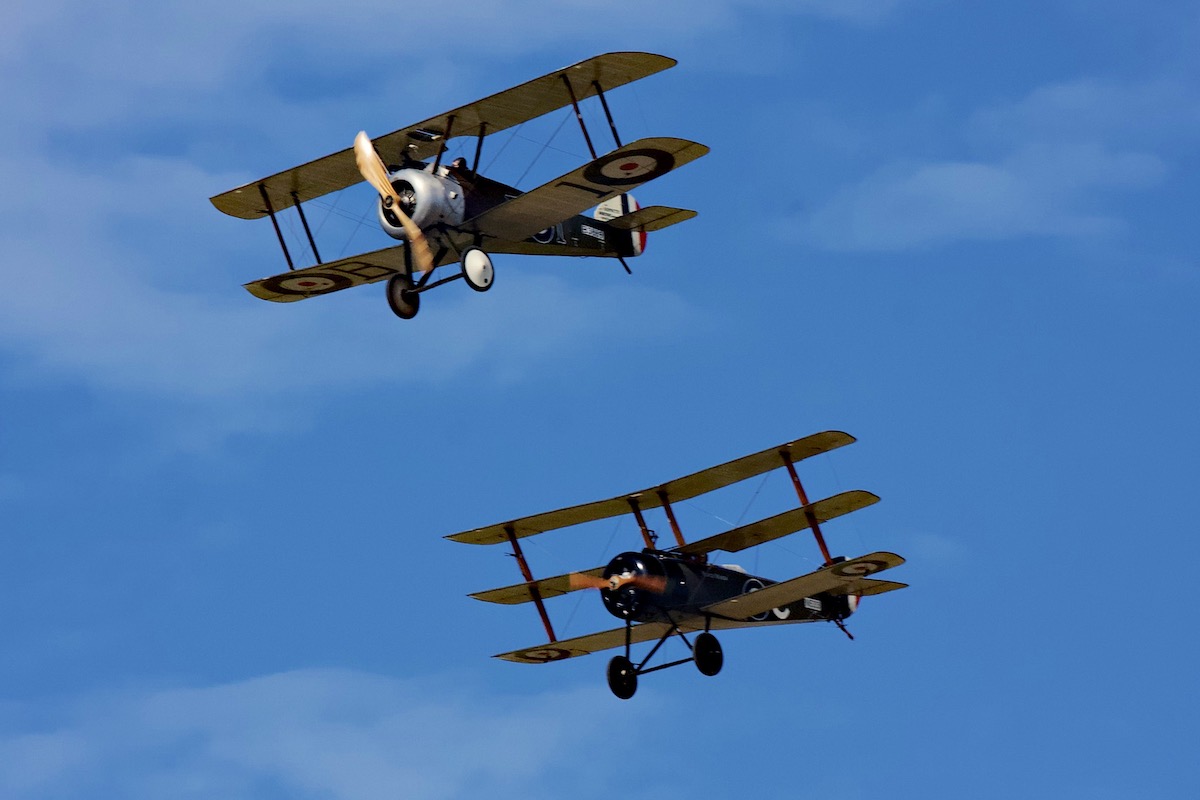
Great War IMG_6350
-
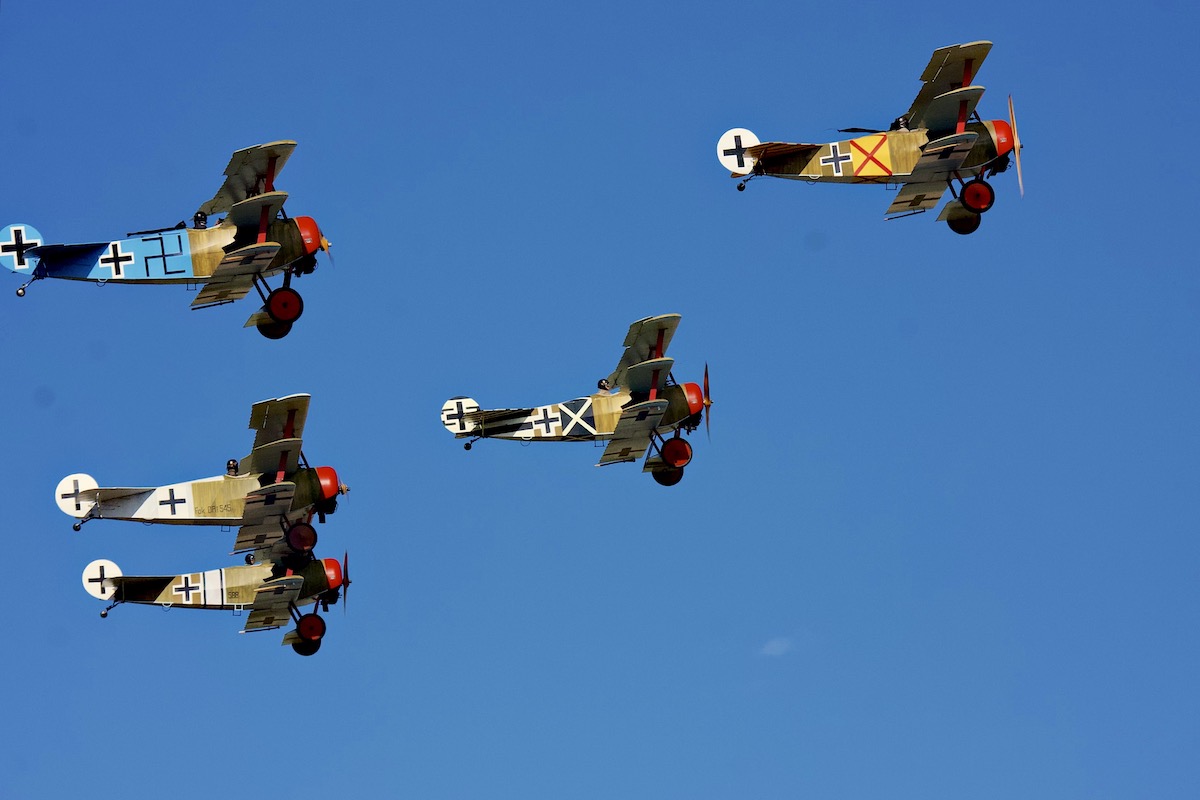
Great War IMG_6326
-
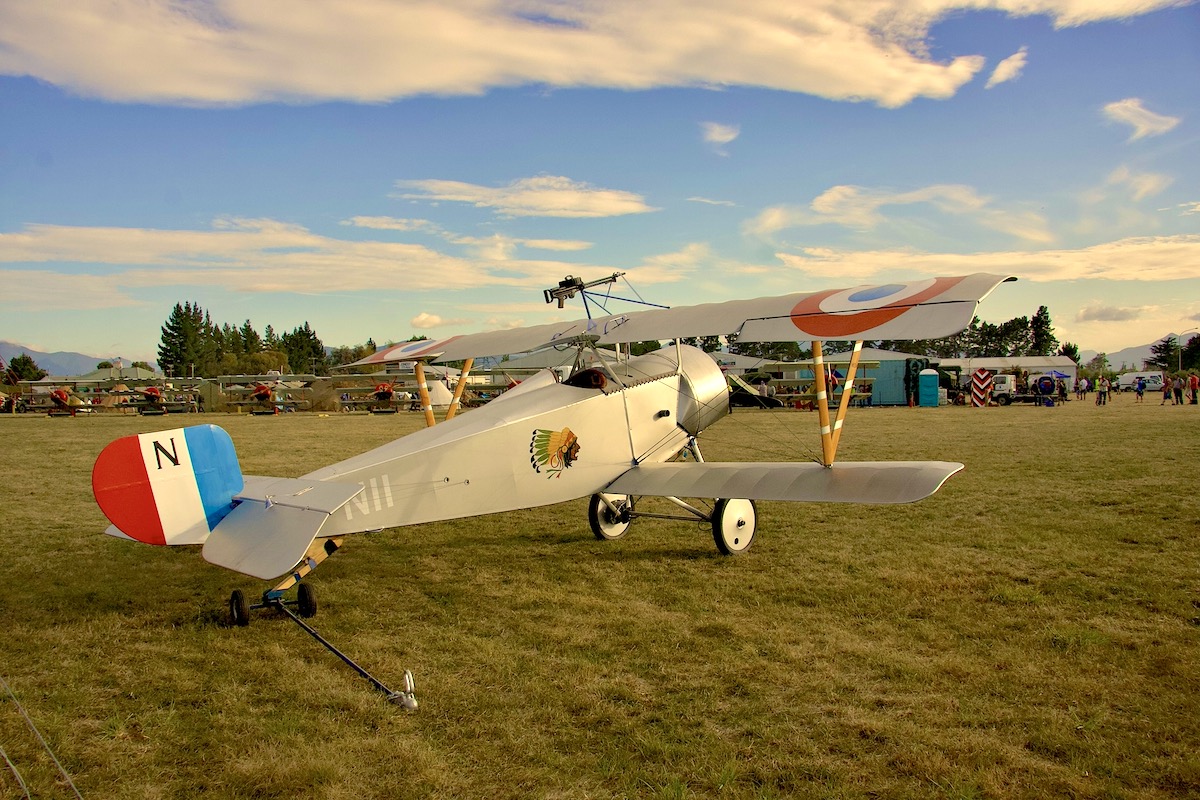
Great War Nieuport N11
-
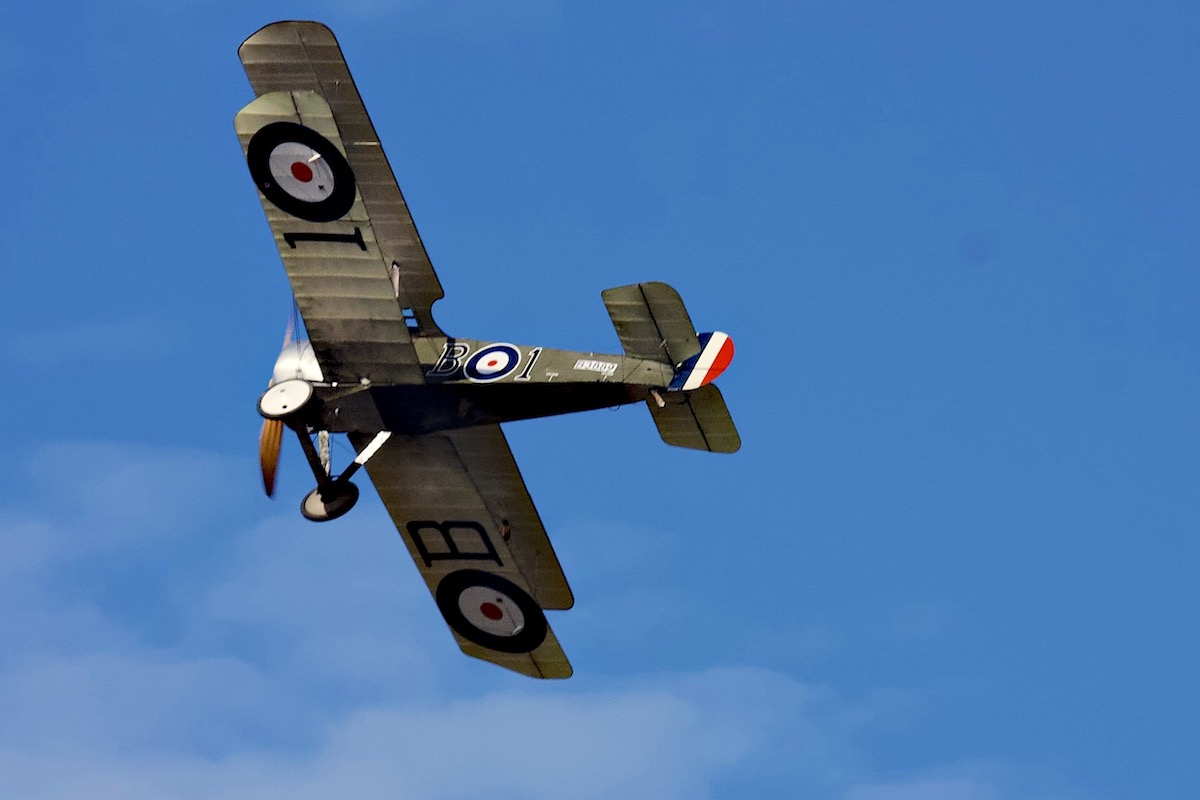
Great War IMG_6381
-
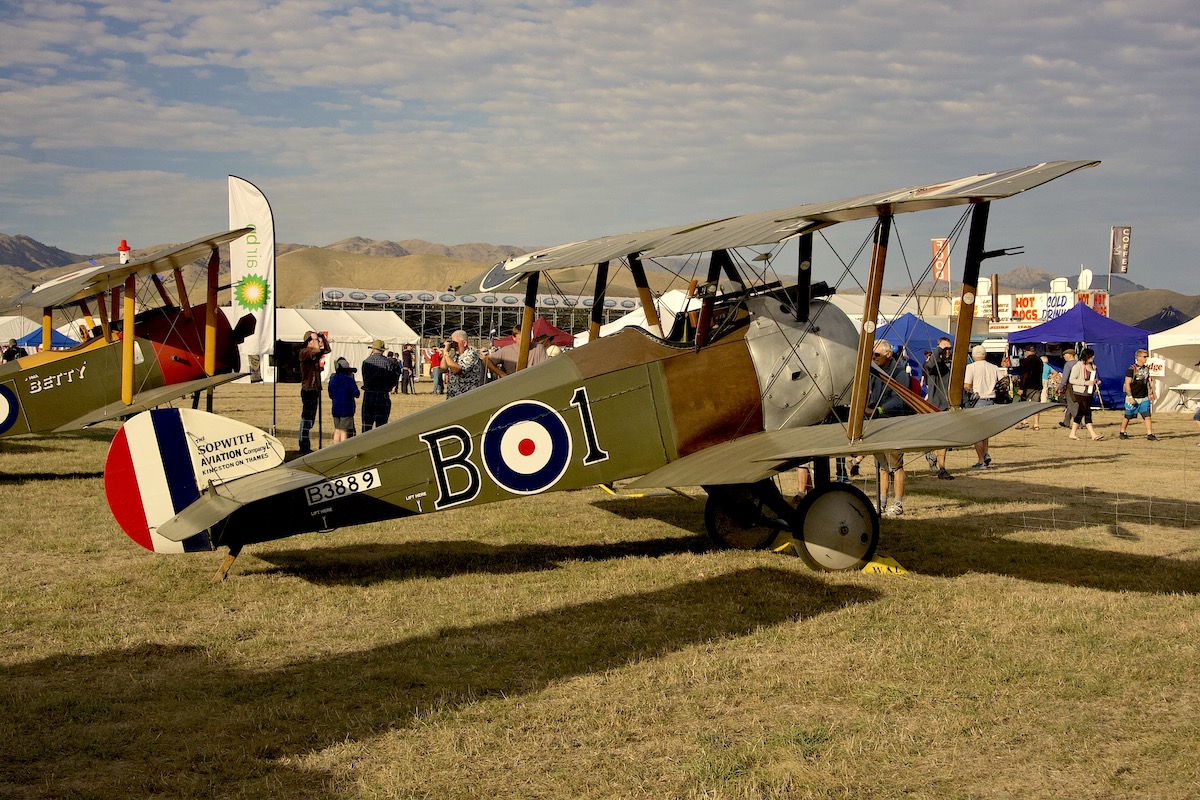
Great War IMG_6066
-
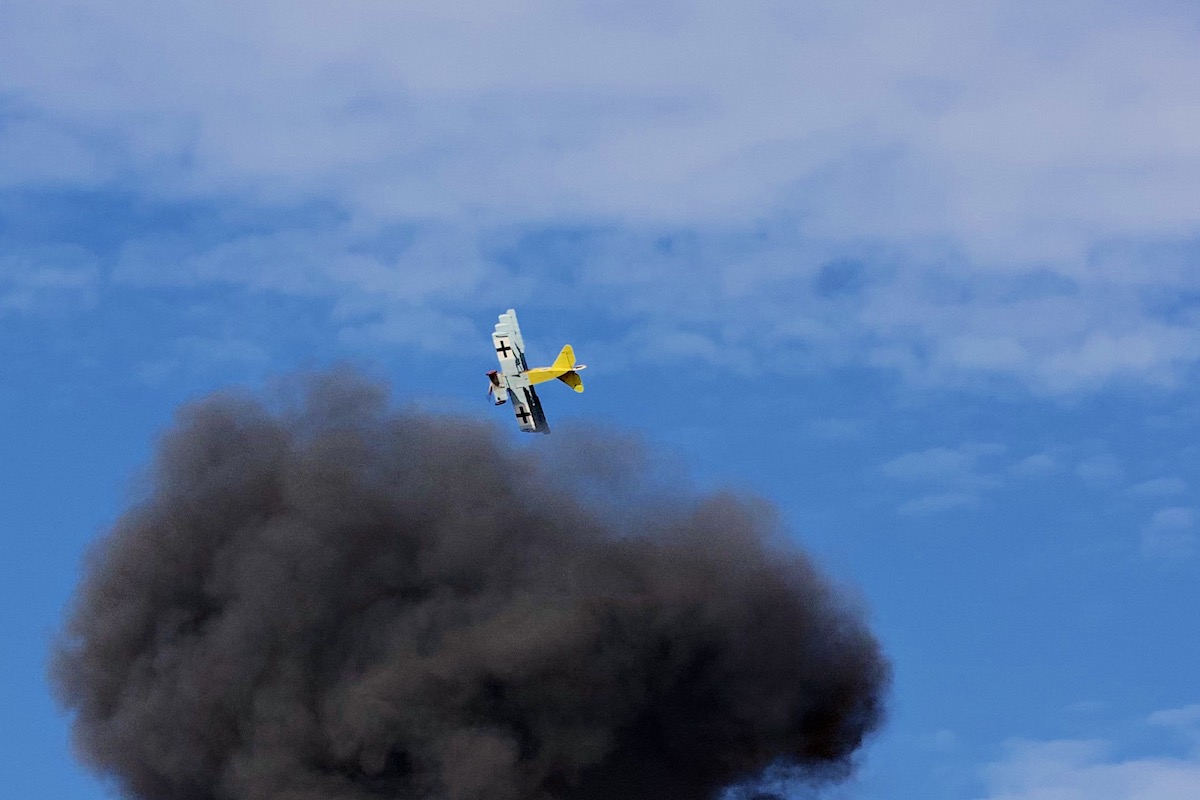
Great War IMG_6374
-
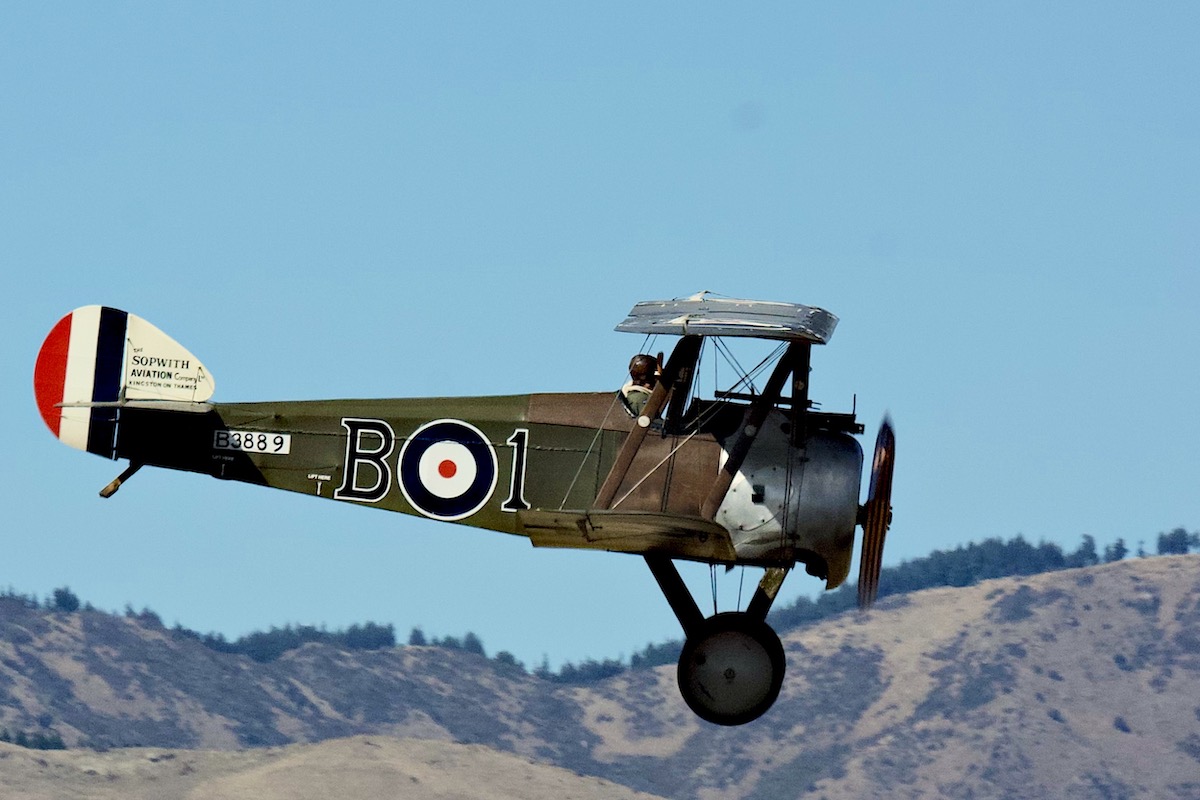
Great War IMG_6385
-

Great War IMG_6126
The Golden Age between the wars
After the initial impetus given to aircraft design by the demands of WWI, a great deal of further progress was made in designs that were intended for civilian use, or for non-fighting roles in the military.
At the airshow we saw ground and flying displays of de Haviland Fox Moth, Tiger Moth, Gypsy Moth, Dragon, Chipmunk and Beaver. From Piper we saw the Super Cub, Pacer and Grasshopper. There was also a Cessna Bird Dog, a Beechcraft Staggerwing and a Douglas DC3.
-
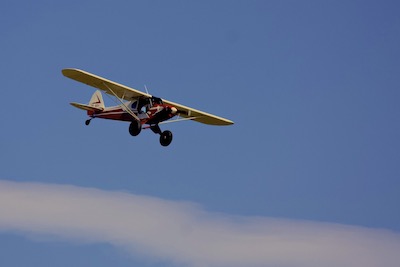
Golden Age Piper Super Cub
-
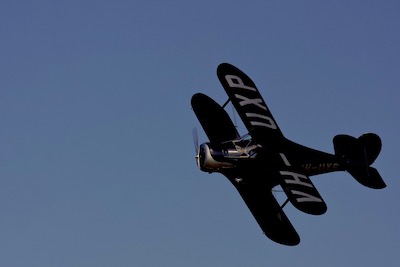
Golden Age Beechcraft Staggerwing
-
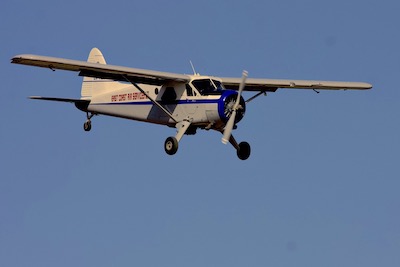
Golden Age de Haviland Beaver
-
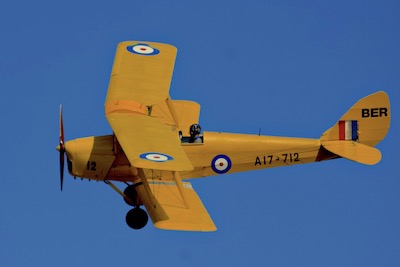
Golden Age de Havilland Tiger Moth
-

Golden Age de Haviland Beaver
-
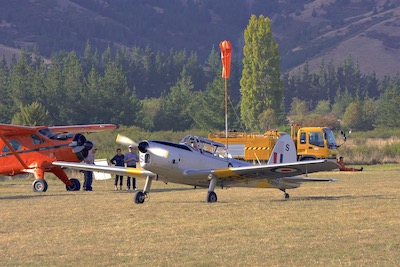
Golden Age de Havilland Chipmunk
-
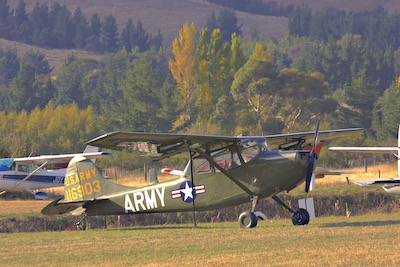
Golden Age Cessna Bird Dog
-
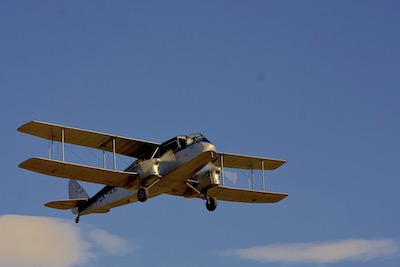
Golden Age de Havilland Dragon
-
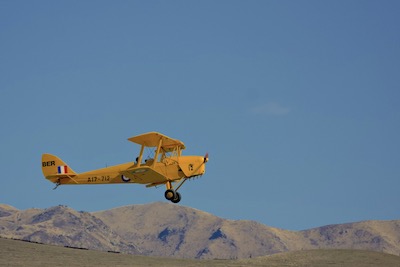
Golden Age de Havilland Tiger Moth
-
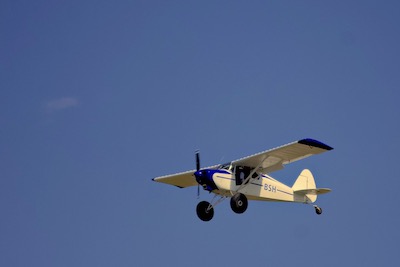
Golden Age Piper Pacer
-
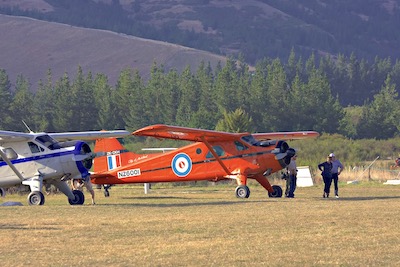
Golden Age de Haviland Beaver
-
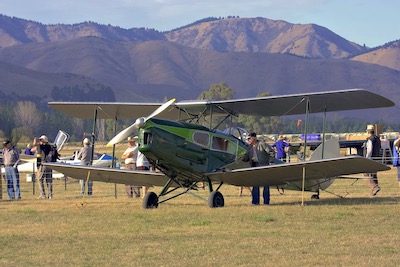
Golden Age de Havilland Fox Moth
-
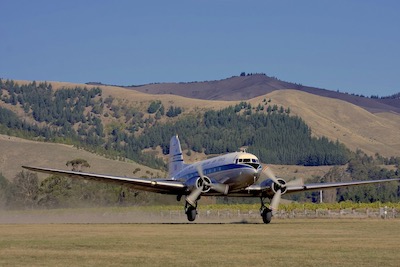
Golden Age Douglas DC3
-

Golden Age Piper Grasshopper
-
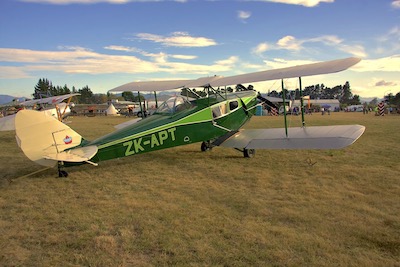
Golden Age de Havilland Fox Moth
-
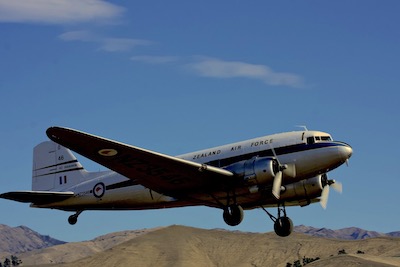
Golden Age Douglas DC3
-
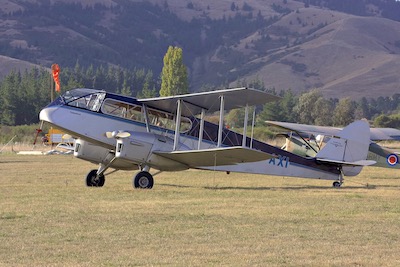
Golden Age de Havilland Dragon
-
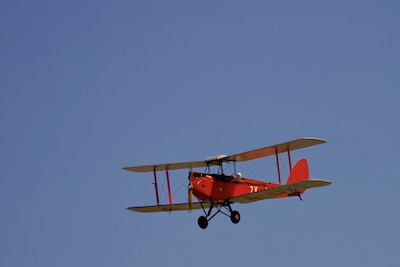
Golden Age de Havilland Gipsy Moth
-

Golden Age de Havilland Dragon
-

Golden Age de Havilland Fox Moth
World War Two and Postwar
World War 2 began in 1939, only 20 years after the end of WWI. In the Golden Age between the wars, military fighter aircraft had also evolved. Fighter aircraft were very different.
World War Two
-
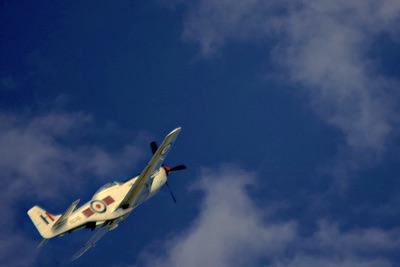
World War Two North American Mustang
-
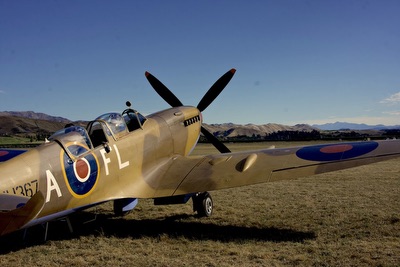
World War Two Supermarine Spitfire
-
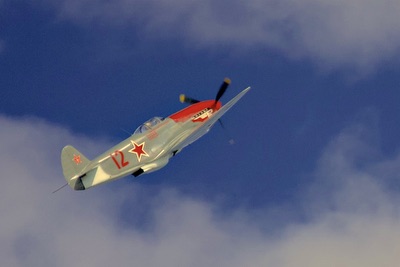
World War Two Yakovlev 3
-
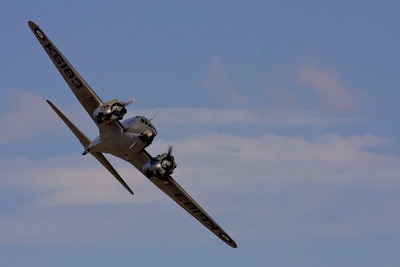
World War Two Avro Anson
-
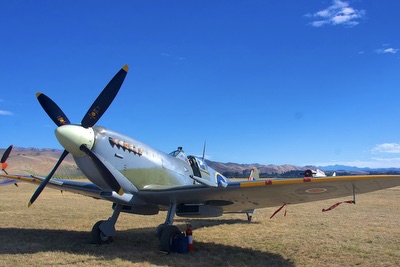
World War Two Supermarine Spitfire
-

World War Two Focke Wulf 190
-
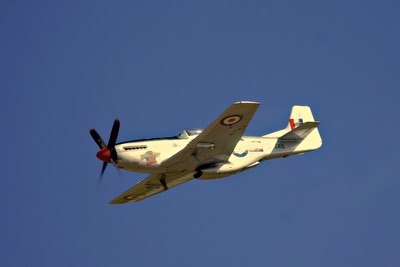
World War Two North American Mustang
-

World War Two Yakovlev 3
-
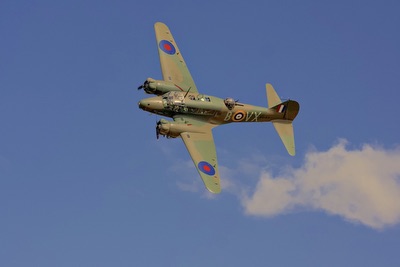
World War Two Avro Anson
-

World War Two Focke Wulf 190
-

World War Two Curtiss Kittyhawk
-

World War Two Curtiss Kittyhawk
-
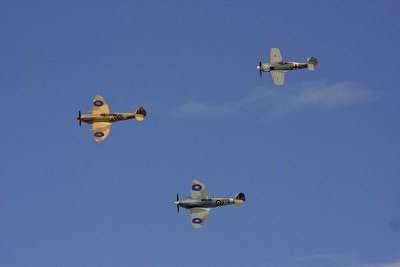
World War Two Spitfires
-
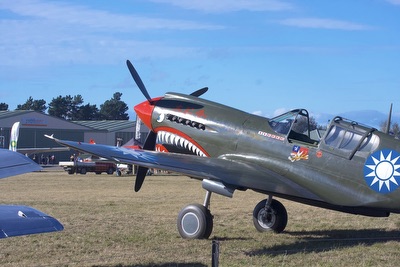
World War Two Curtiss Kittyhawk
-
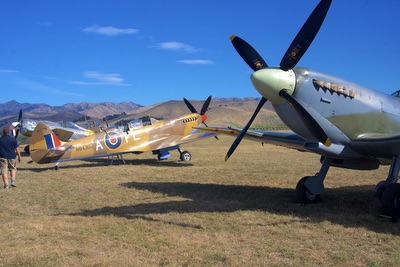
World War Two Supermarine Spitfires
-
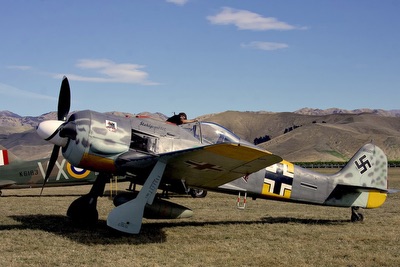
World War Two Focke Wulf 190
-
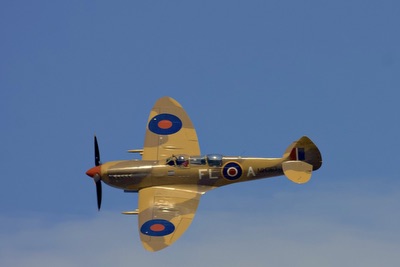
World War Two Supermarine Spitfire
-
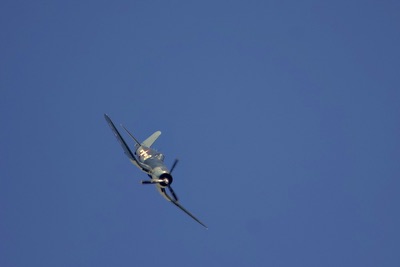
World War Two North American Corsair
-
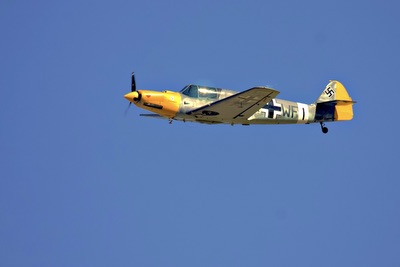
World War Two Messerschmitt 108
-
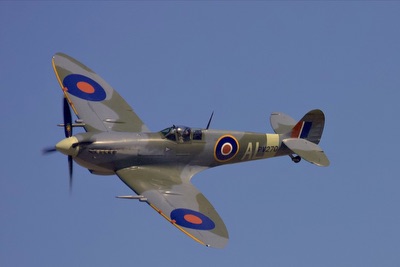
World War Two Supermarine Spitfire
-

World War Two Messerschmitt 108
-
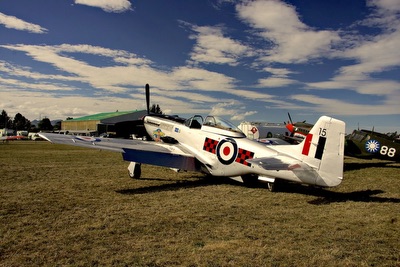
World War Two North American Mustang
-
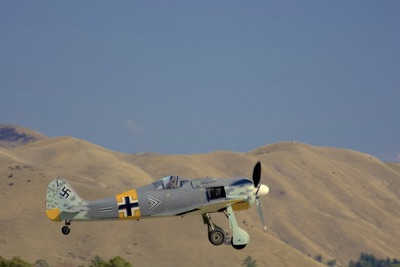
World War Two Focke Wulf 190
-

World War Two Avro Anson
-
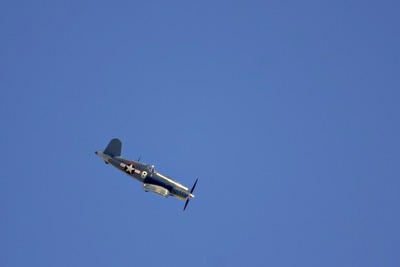
World War Two North American Corsair
-

World War Two Kittyhawks, Corsair, Mustang
-

World War Two Avro Anson
In the air and on the ground there was an impressive display of World War Two fighter aircraft. Curtiss Kittyhawk, North American Mustang, Yakoviev Yak-3, Fock Wulf 190, Supermarine Spitfire, and North American Corsair. There was also a Messerschmitt 108 (included because it was a close relative of the 109) and an Avro Anson reconnaisance and trainer aircraft.
Postwar
-
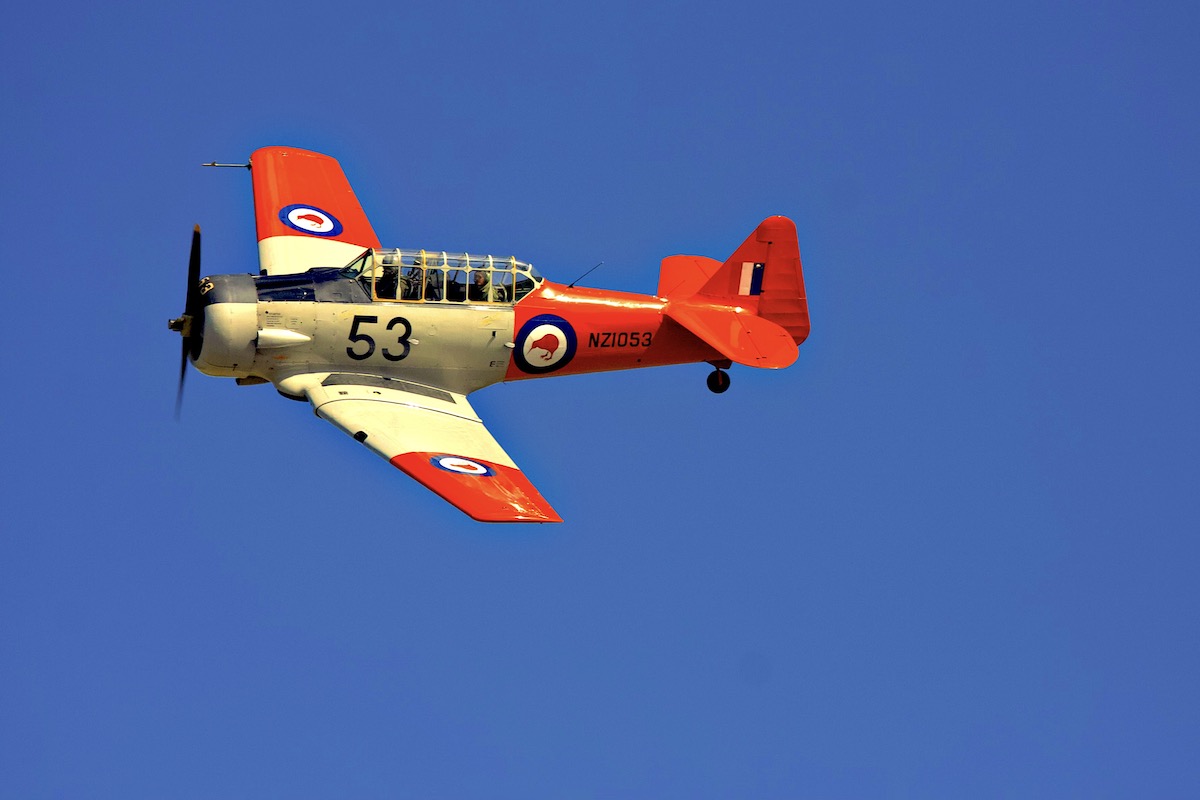
Postwar North American Harvard
-

Postwar North American Harvard
-
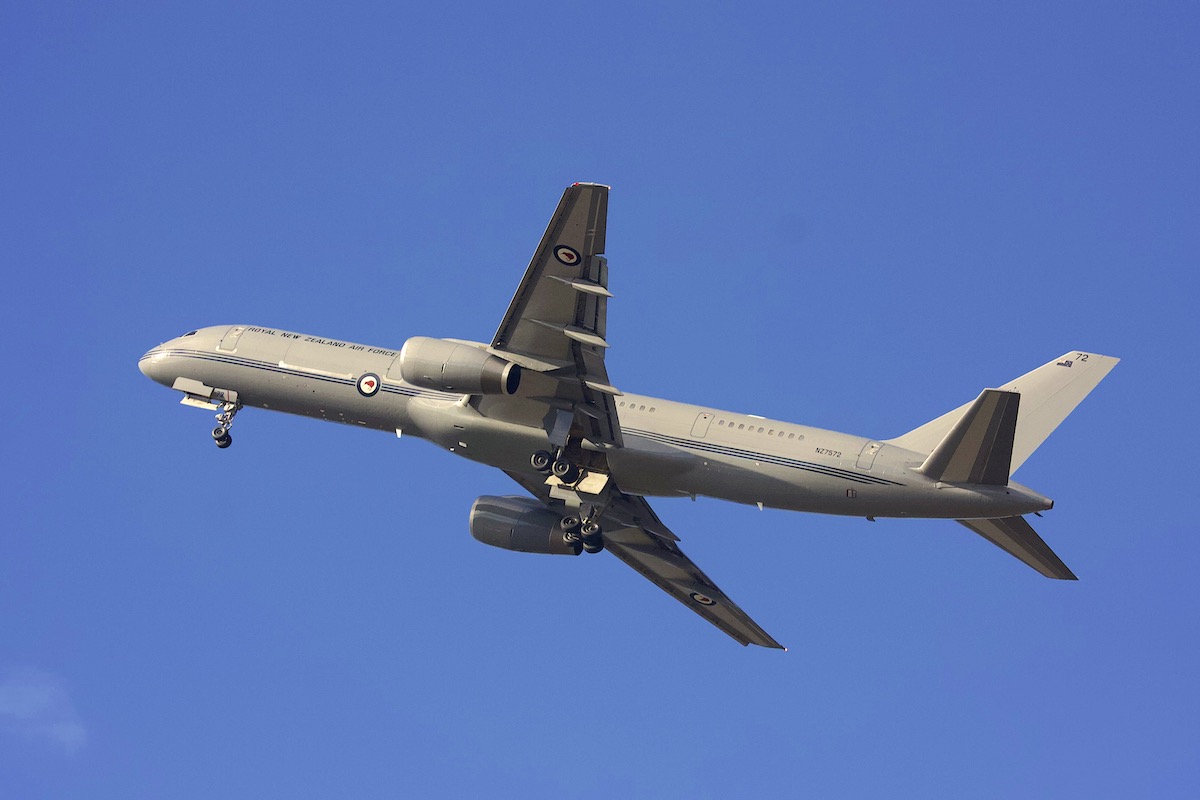
Postwar RNZAF Boeing 757
-
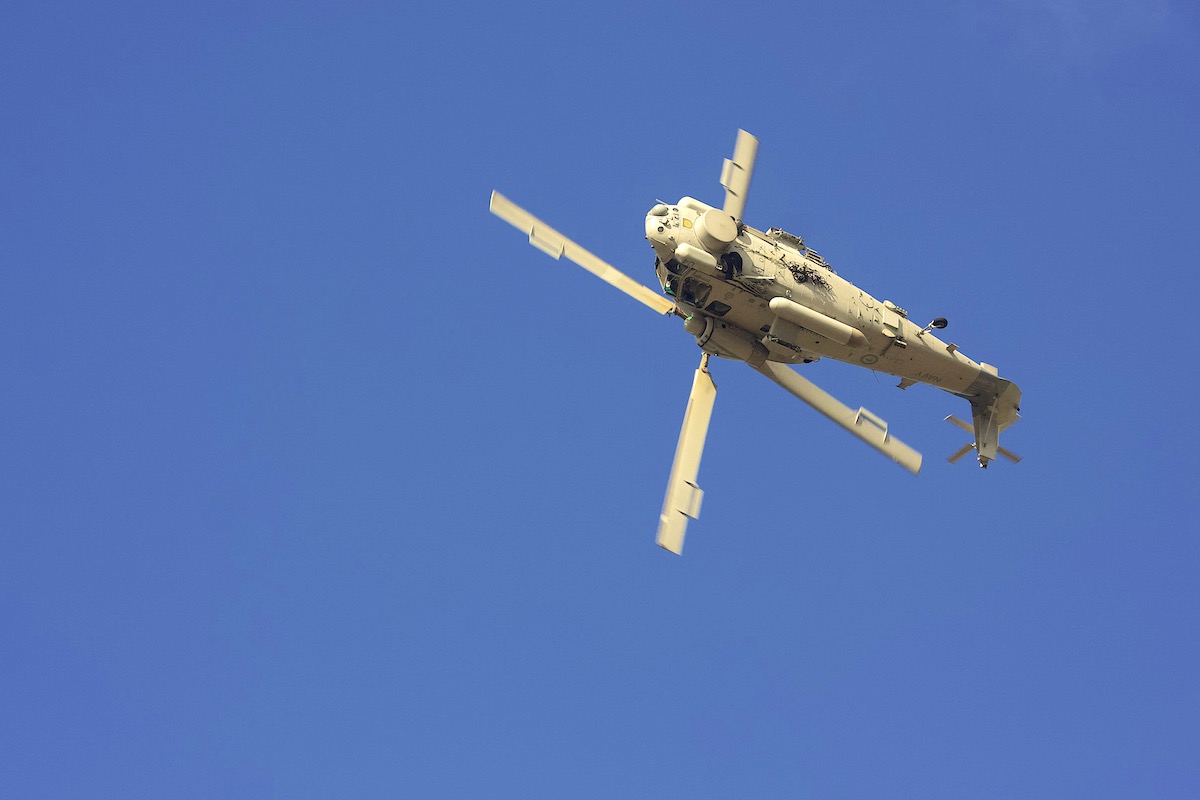
Postwar NZ Navy Super Seasprite
-
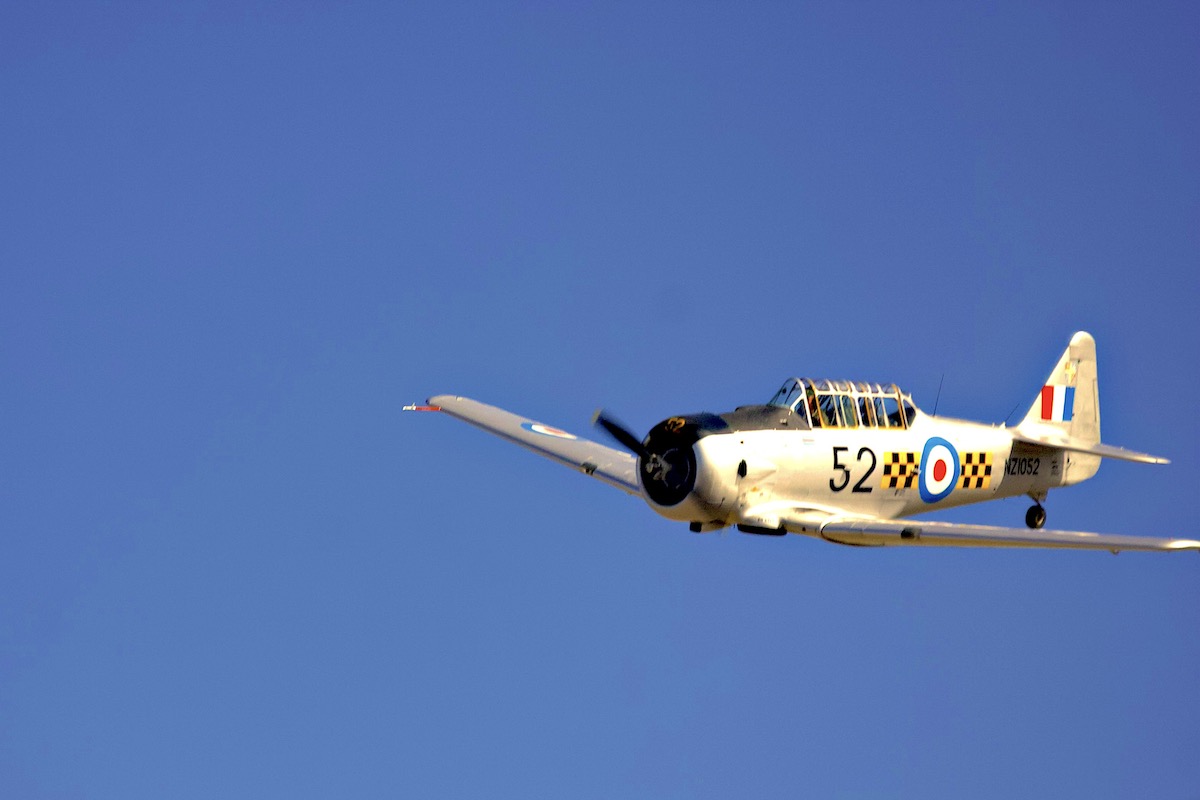
Postwar North American Harvard
-
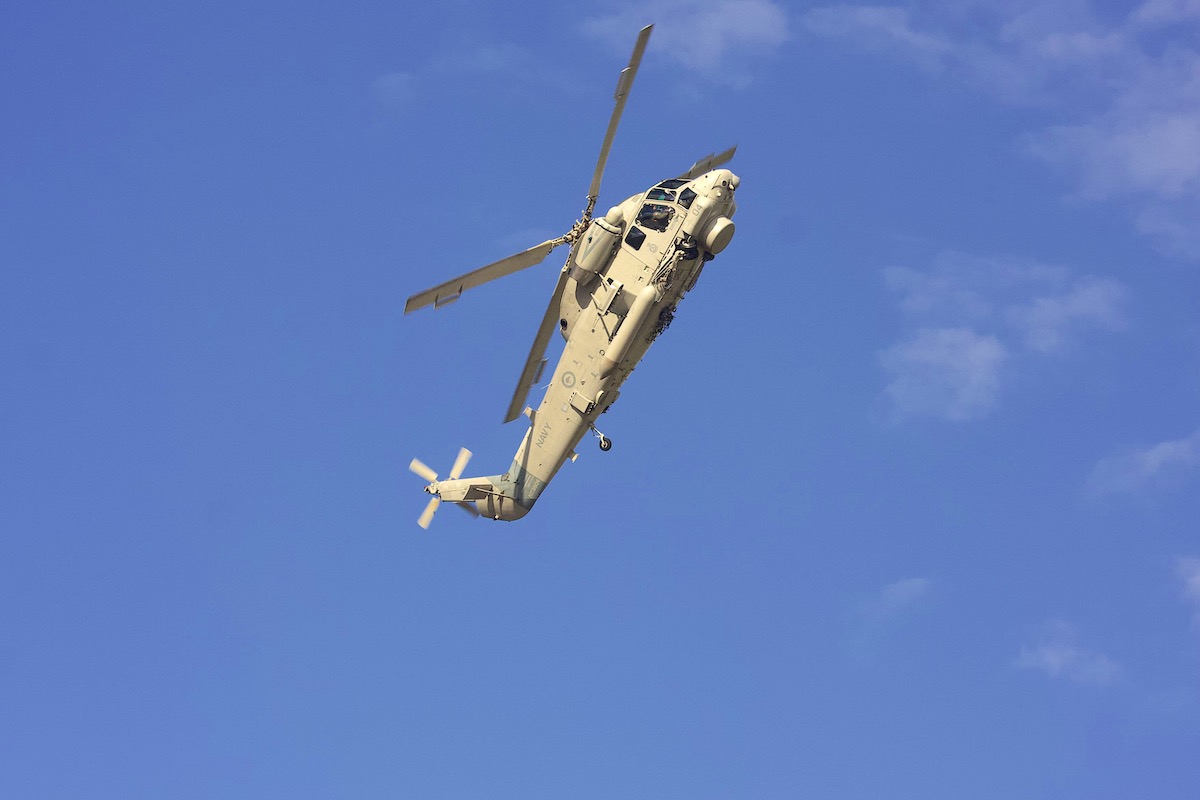
Postwar NZ Navy Super Seasprite
-
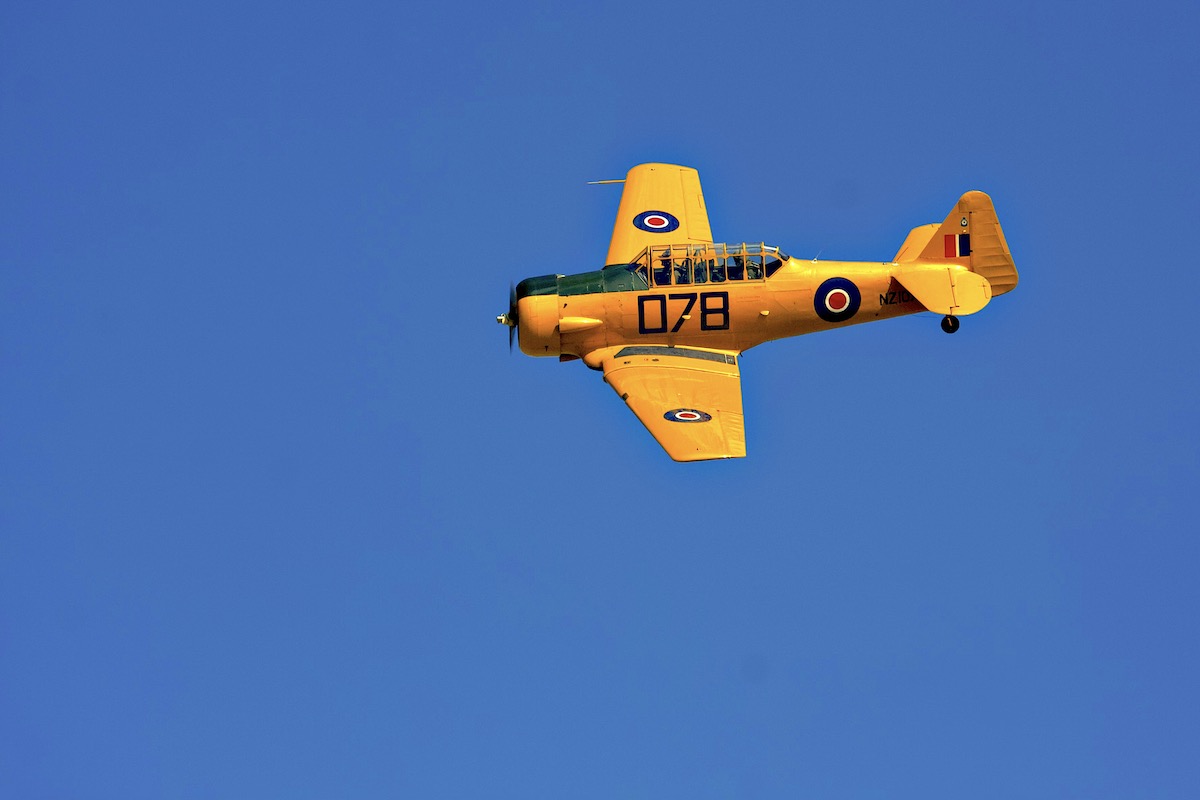
Postwar North American Harvard
-
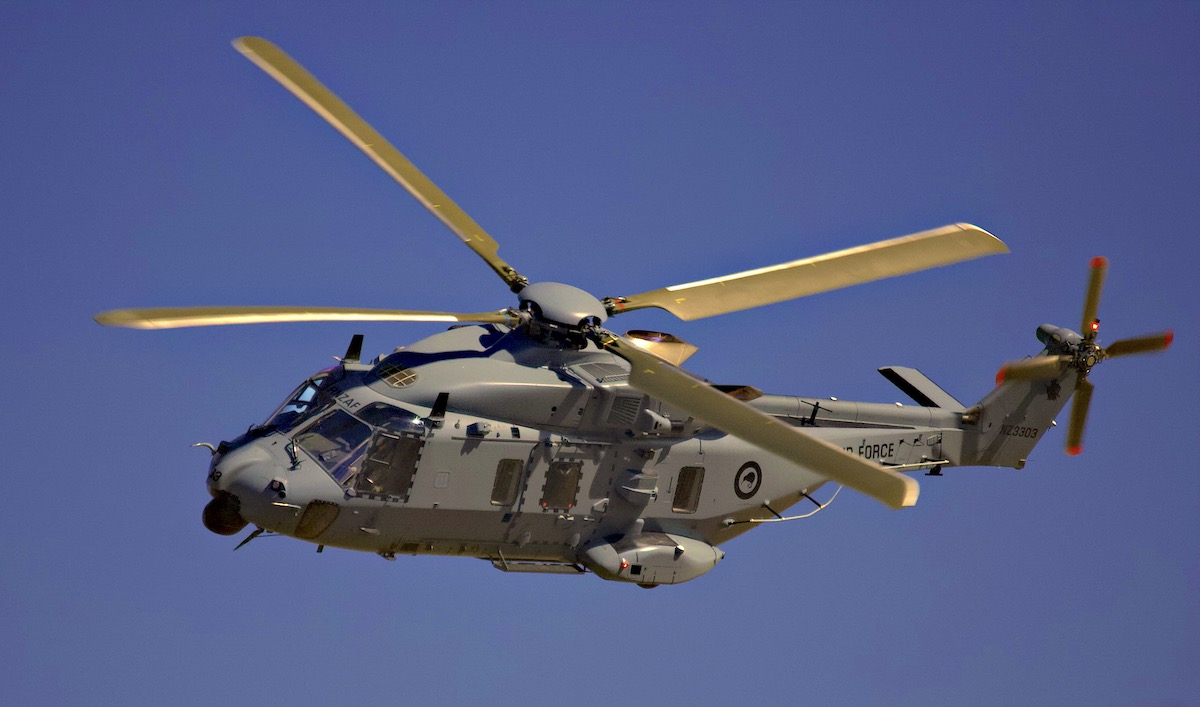
Postwar NHIndustries NH90
-

Postwar Strikemaster and Venom
-
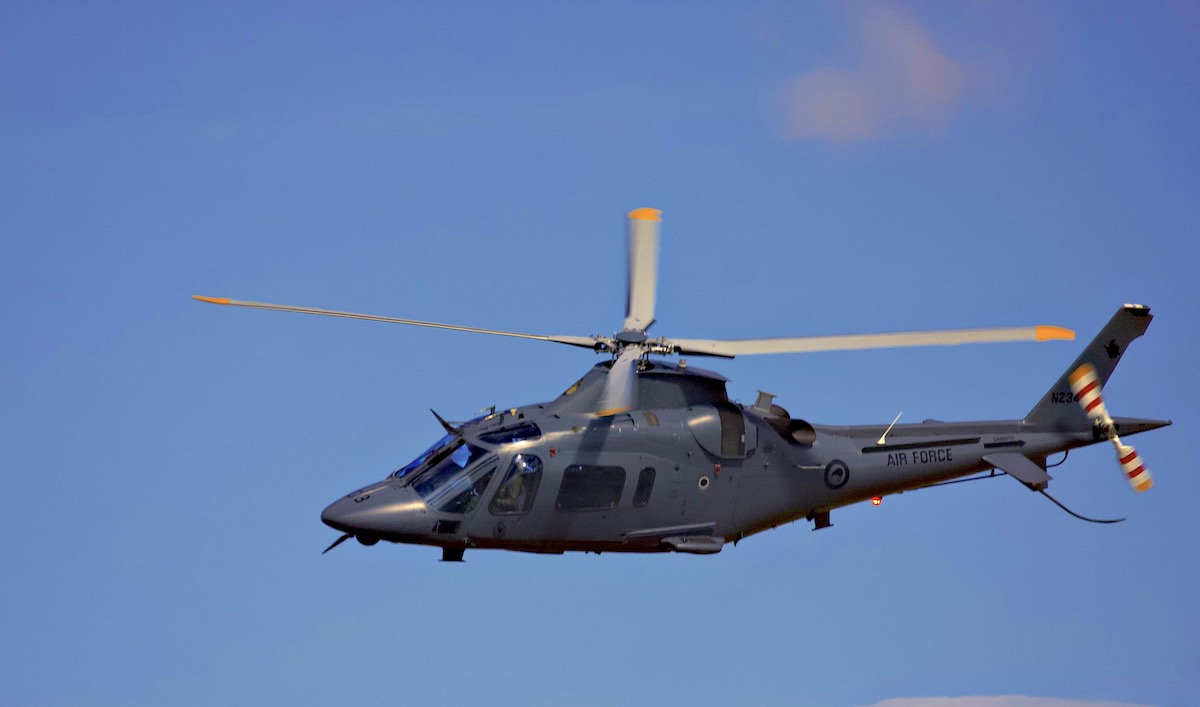
Postwar AgustaWestland A109
-
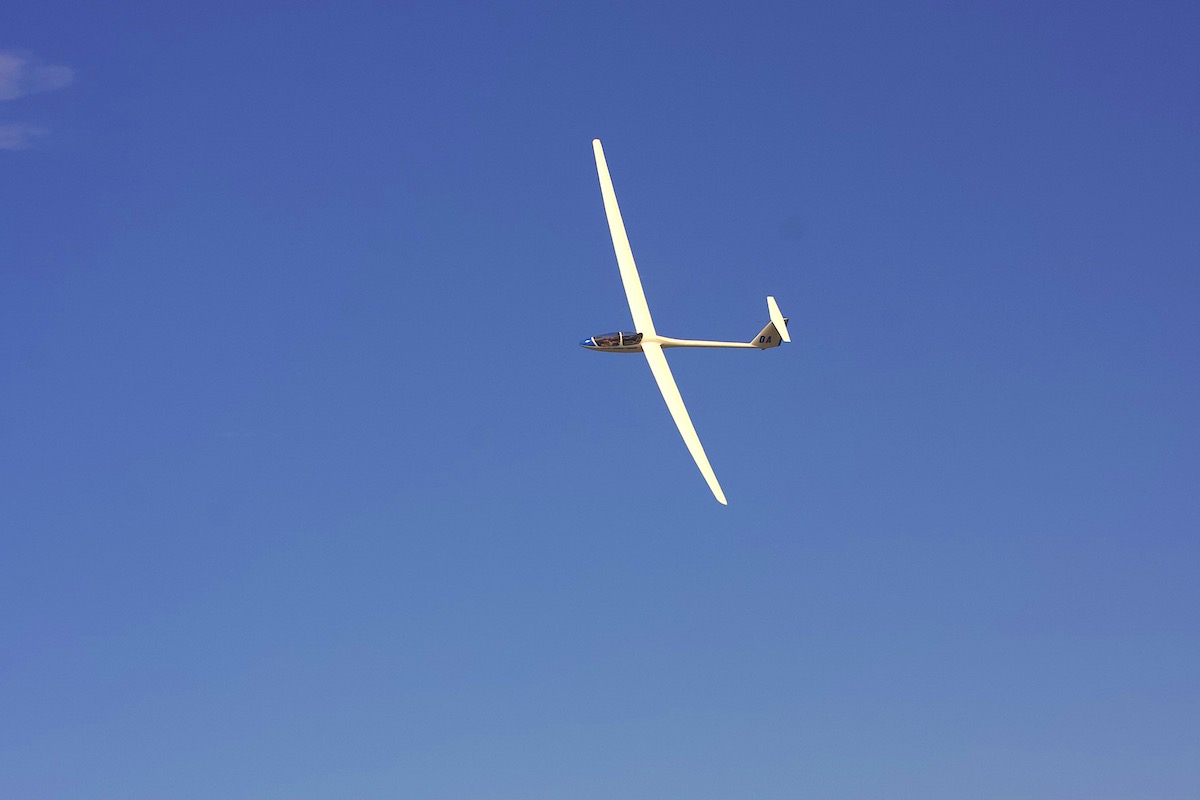
Postwar ASH 25
-

Postwar RNZAF Boeing 757
-
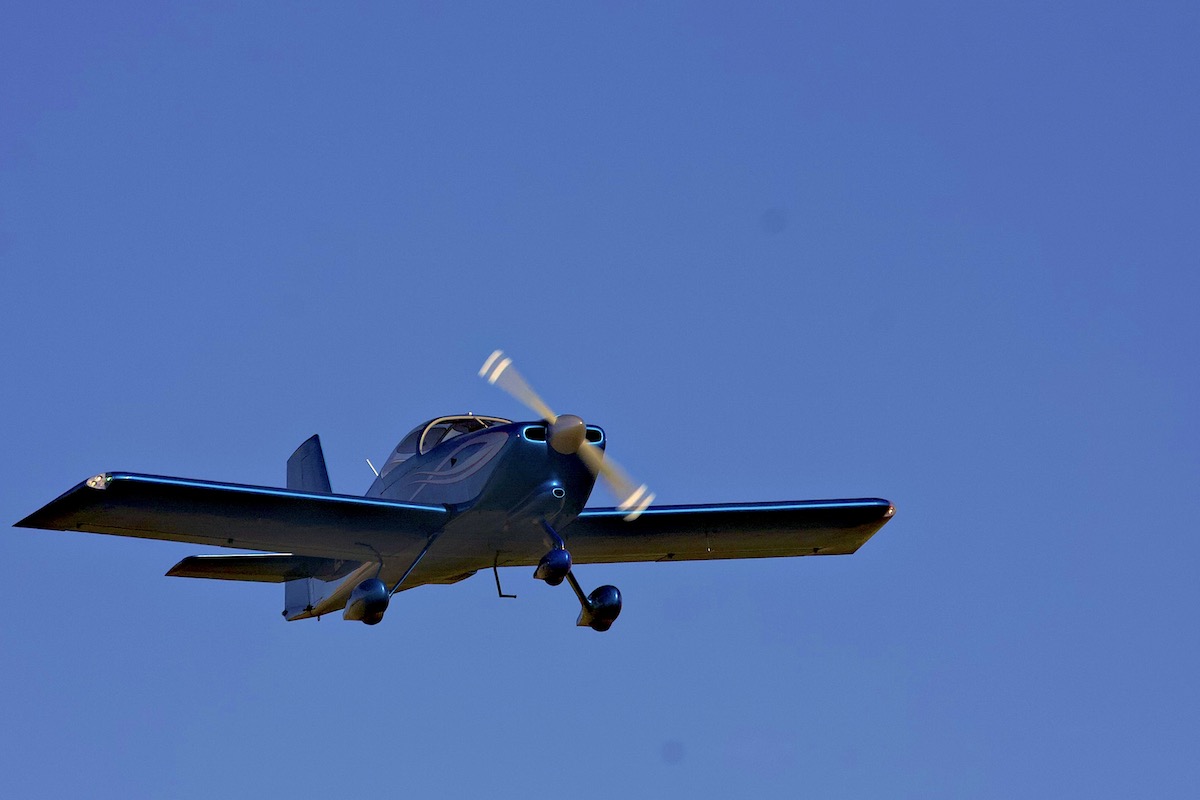
Postwar AESL Airtourer
-

Postwar RNZAF Iroquois
-
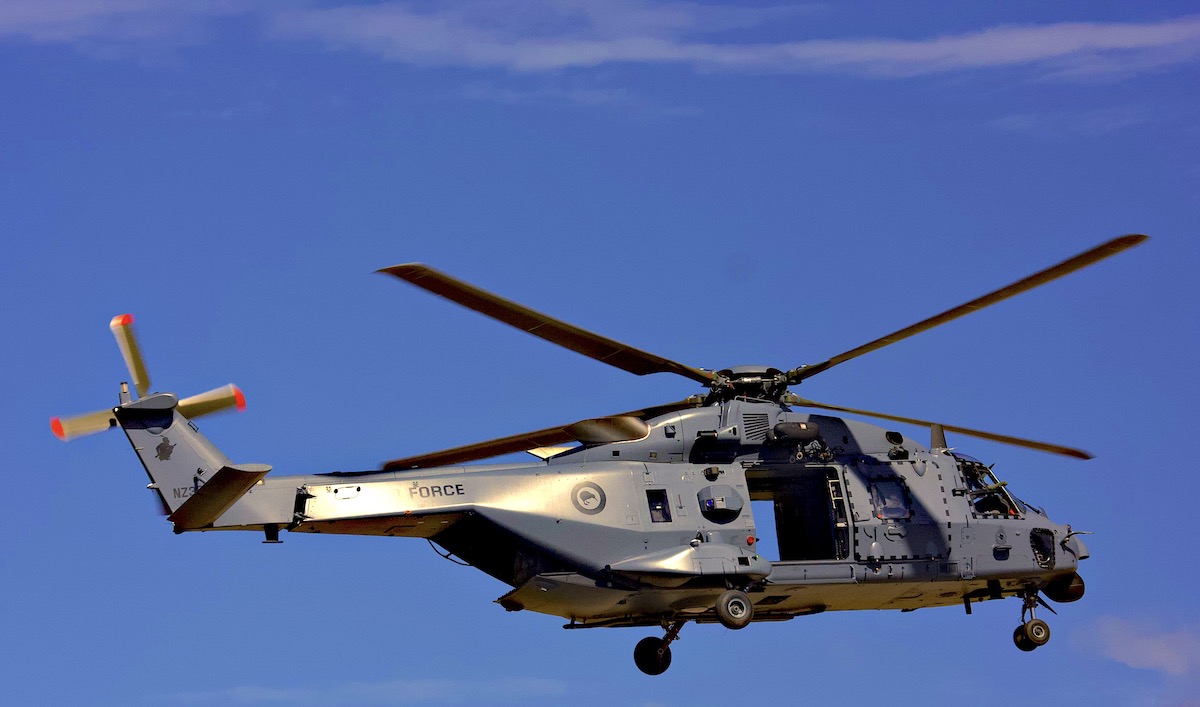
Postwar NHIndustries NH90
Not a huge number of aircraft representing the period after the Second World War. Mostly the New Zealand Air Force and Navy showing off their helicopters, transport, and trainers. Plus a couple of oddball entries - an ASH 25 glider and an AESL Airtourer.
Aerobatic Displays
Like any air show, Omaka put on all sorts of arial displays throughout the day. There were many different aerobatic teams using different aircraft, many of which used smoke trails to demonstrate what maneouvres they had exectuted. All were very good.
The Aerobats
First up was the RNZAF "Kiwi Blue" parachute team. Doug Brooker showed off his MX2. And a team of four Yak-52s decked out in colourful paint jobs put on a spectactular display. A team of five Harvard trainers did likewise.
Not to be outdone, the New Zealand Air Force came back with their team of five Airtrainers - the "Red Checkers."
The final display by a non-fighting aircraft was by a solitary Pitts Model 12.
-
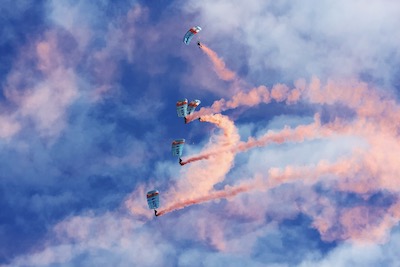
Aerobats RNZAF
-
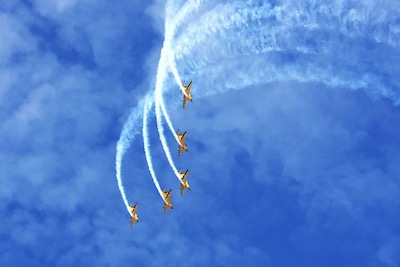
Aerobats RNZAF Red Checkers
-
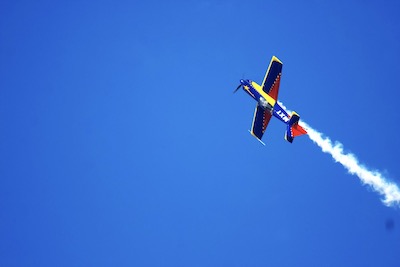
Aerobats Doug Brooker's ZK-MXT
-
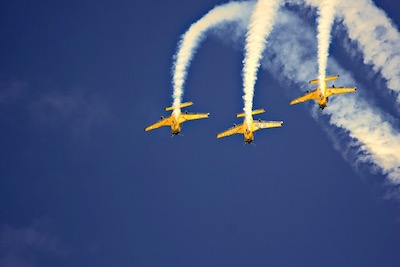
Aerobats RNZAF Red Checkers
-

Aerobats Yak-52 team
-
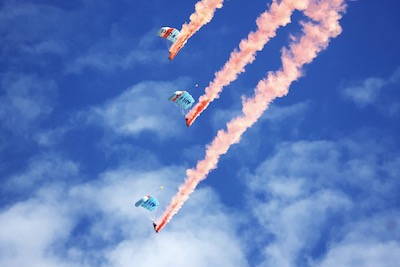
Aerobats RNZAF
-
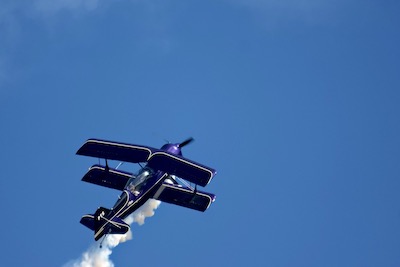
Aerobats Pitts Model 12
-

Aerobats Harvard team
-

Aerobats Harvard team
-
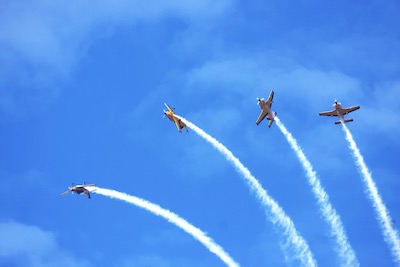
Aerobats RNZAF Red Checkers
-

Aerobats RNZAF Red Checkers
-
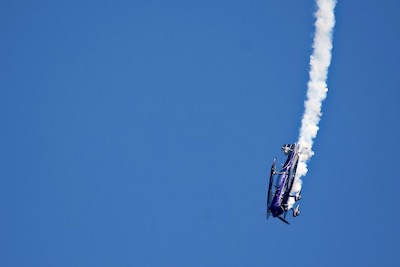
Aerobats Pitts Model 12
-
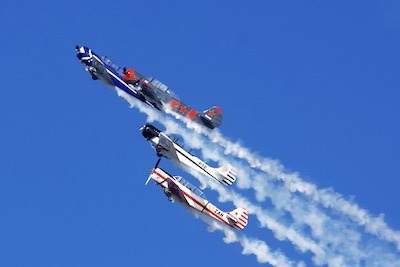
Aerobats Yak-52 team
-

Aerobats Harvard team
-
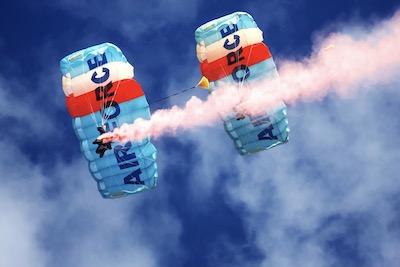
Aerobats RNZAF
-

Aerobats Yak-52 team
-

Aerobats Yak-52 team
-

Aerobats Harvard team
-

Aerobats Harvard team
-
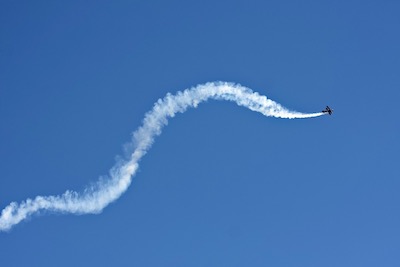
Aerobats Pitts Model 12
-
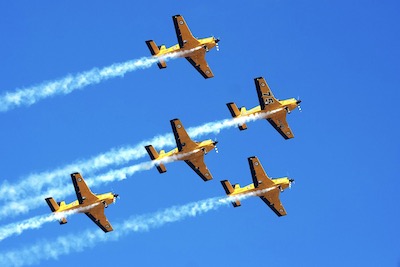
Aerobats RNZAF Red Checkers
-
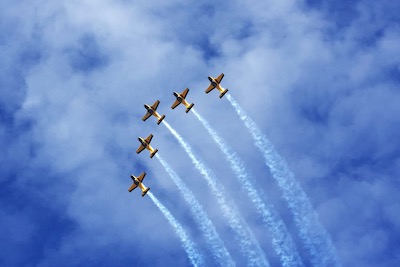
Aerobats RNZAF Red Checkers
Vehicles
We were not too clear on the relevance to an airshow, but Omaka 2013 included a display of old vehicles, including cars, tractors, trucks and a couple of reproduction tanks. So, to round off a long and wonderful day, we toured around the old vehicles...
Vehicles
-
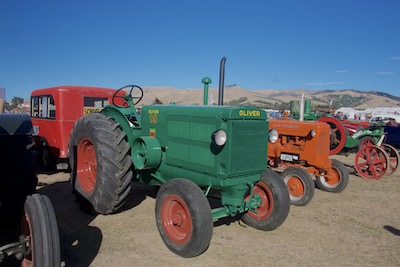
Vehicles IMG_6926
-
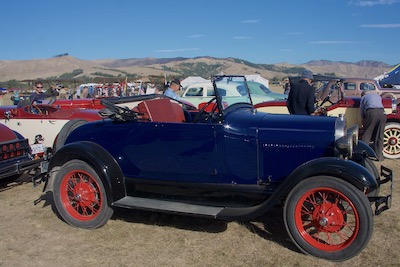
Vehicles IMG_6930
-
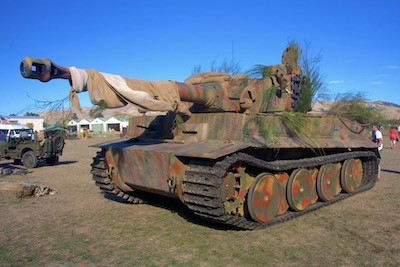
Vehicles IMG_6947
-

Vehicles IMG_6927
-
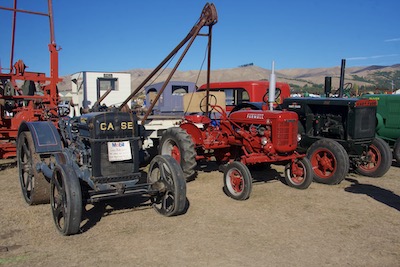
Vehicles IMG_6925
-

Vehicles IMG_6946
-
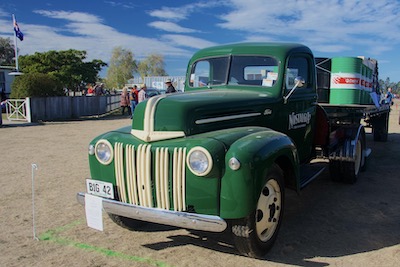
Vehicles IMG_6924
-

Vehicles IMG_6937
-
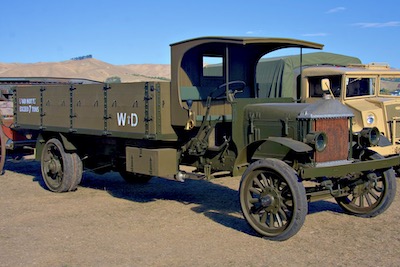
Vehicles IMG_6943
-

Vehicles IMG_6933
-
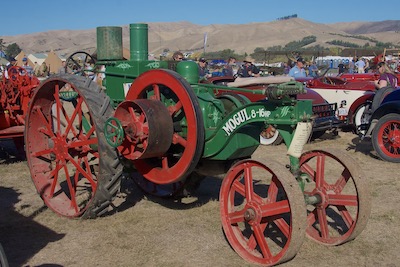
Vehicles IMG_6929
-
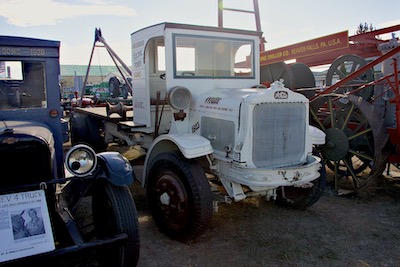
Vehicles IMG_6941
-
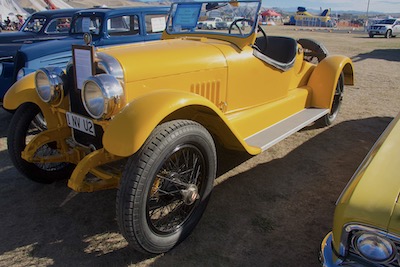
Vehicles IMG_6923
-
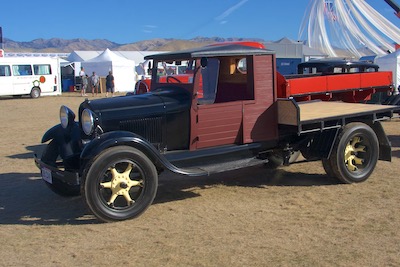
Vehicles IMG_6932
-
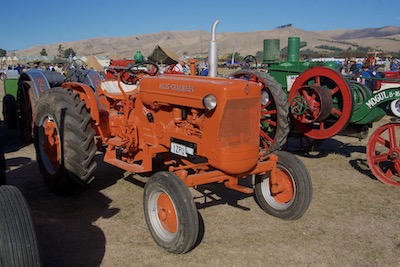
Vehicles IMG_6928
-

Vehicles IMG_6944
-

Vehicles IMG_6939
-

Vehicles IMG_6936
-

Vehicles IMG_6935
-

Vehicles IMG_6920
-
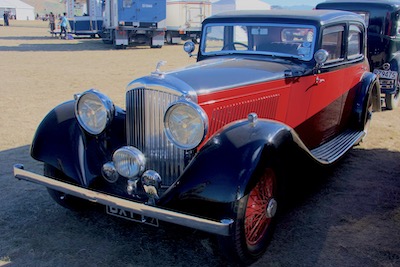
Vehicles IMG_6934
-
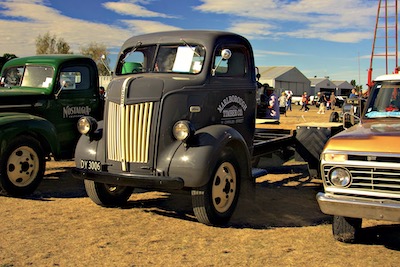
Vehicles IMG_6922
-
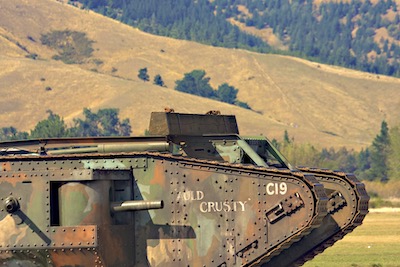
Vehicles IMG_6354
Unfortunately now, long after the event, I realize I omitted to note what each of these vehicles was. So, you are on your own.



































































































